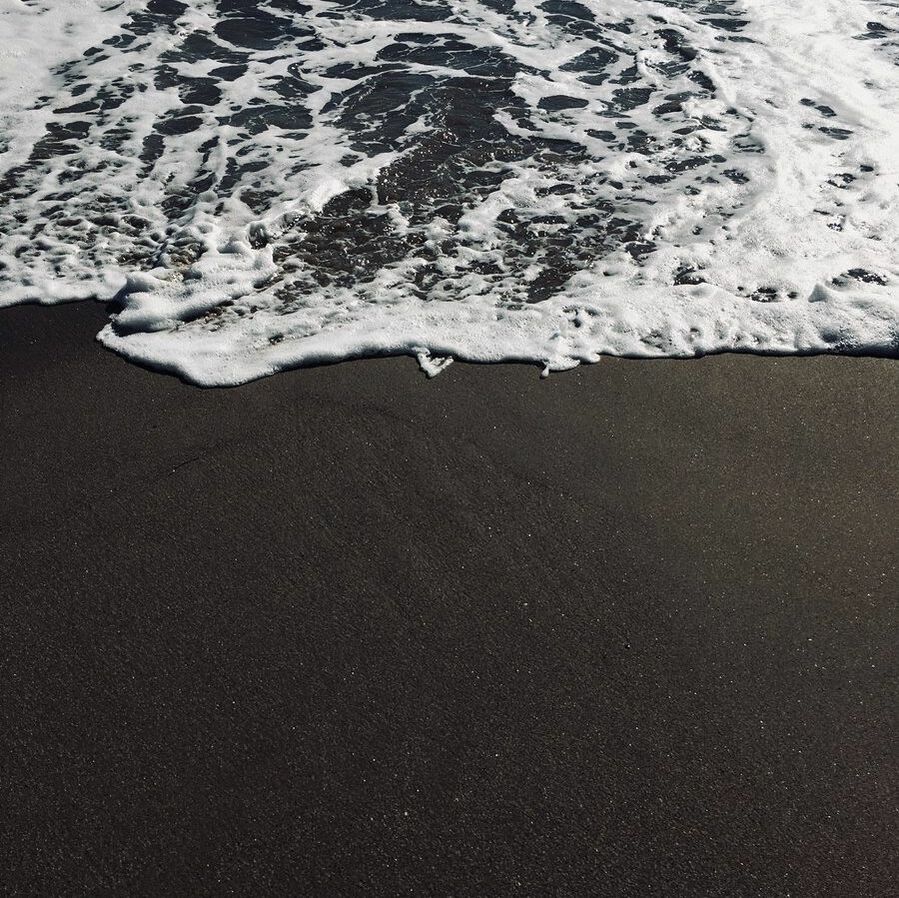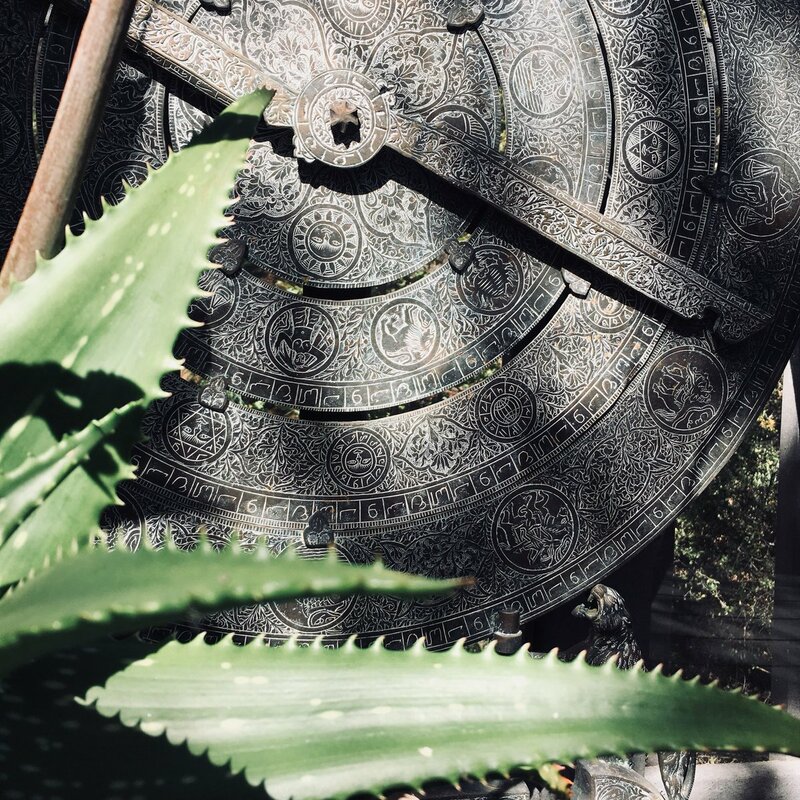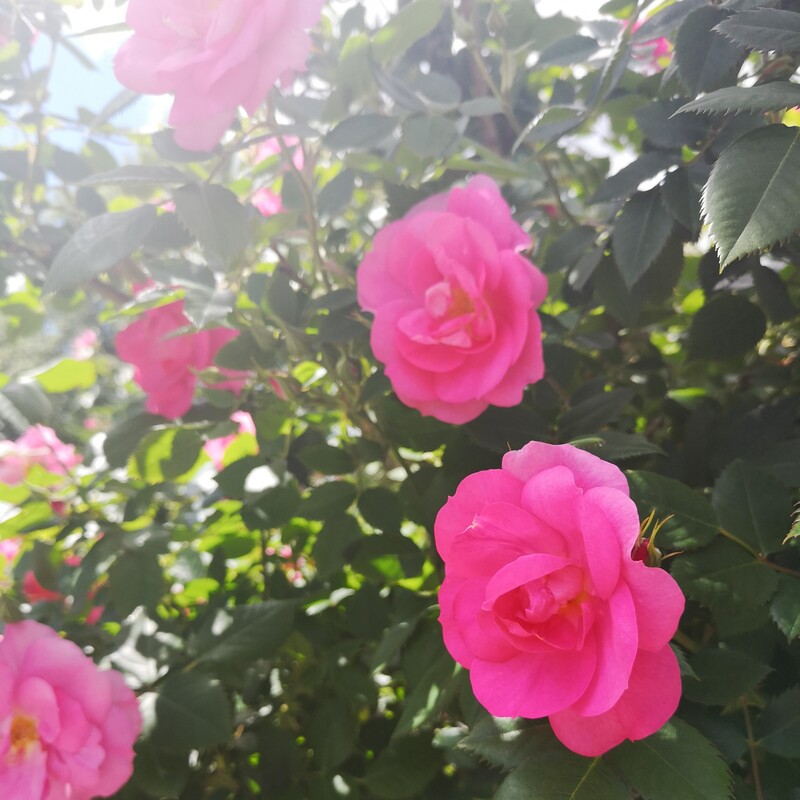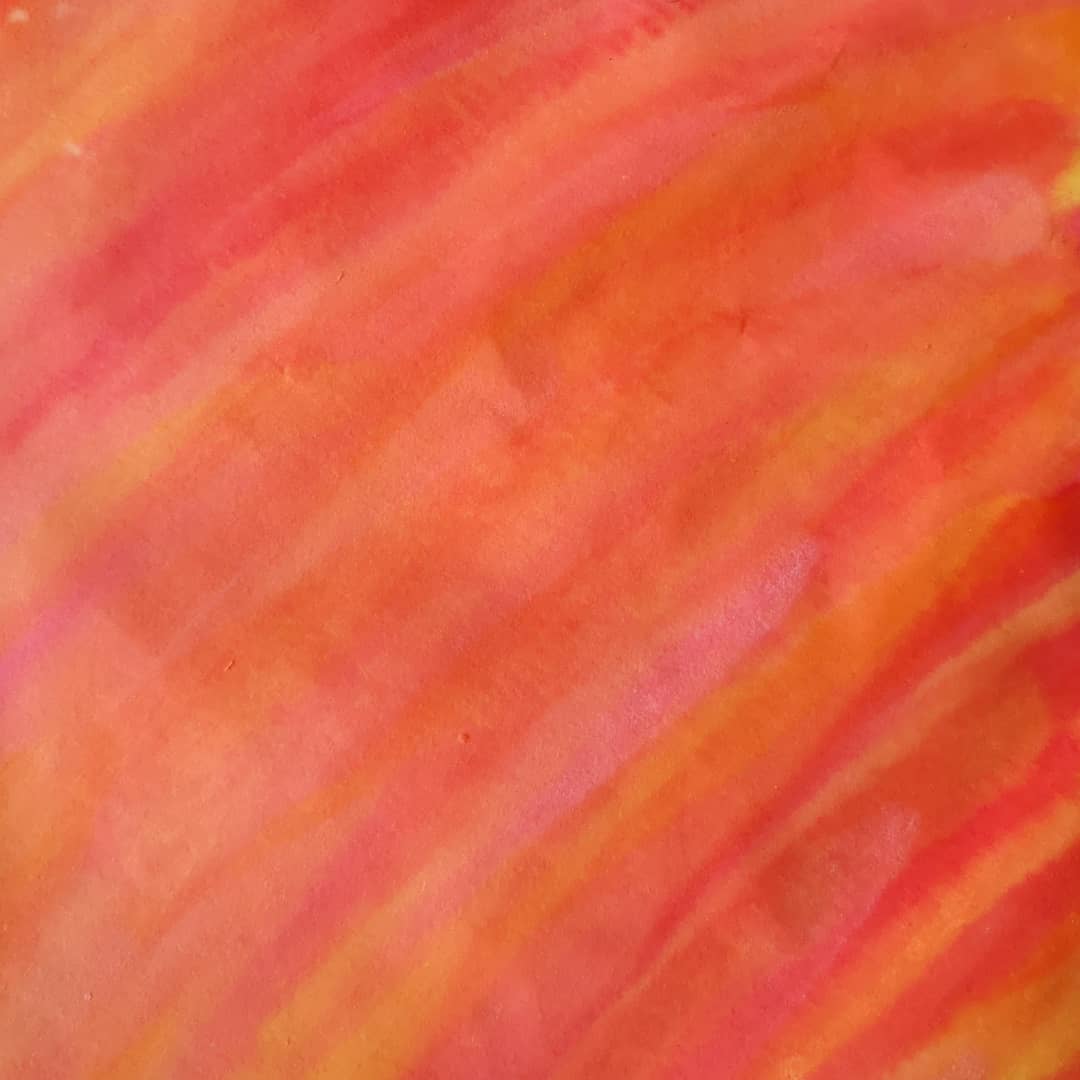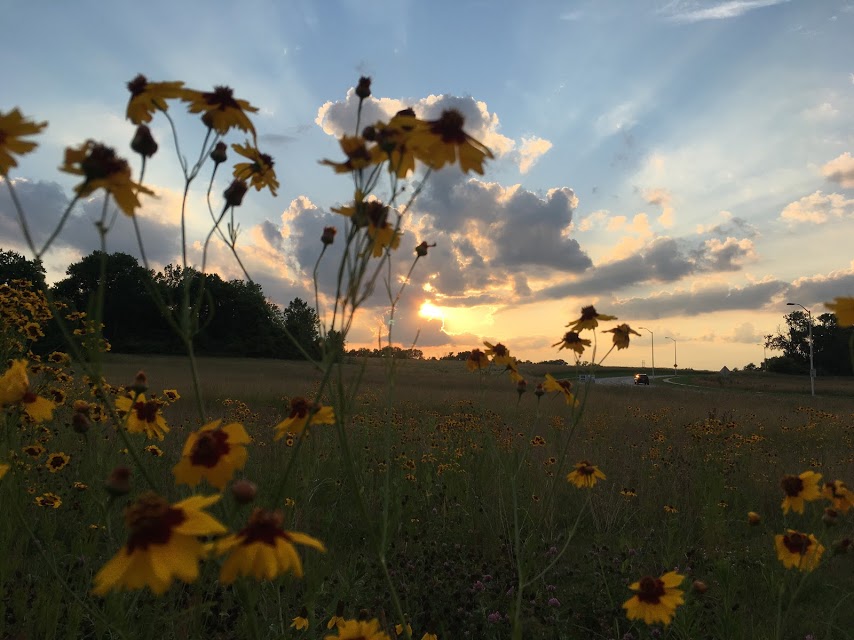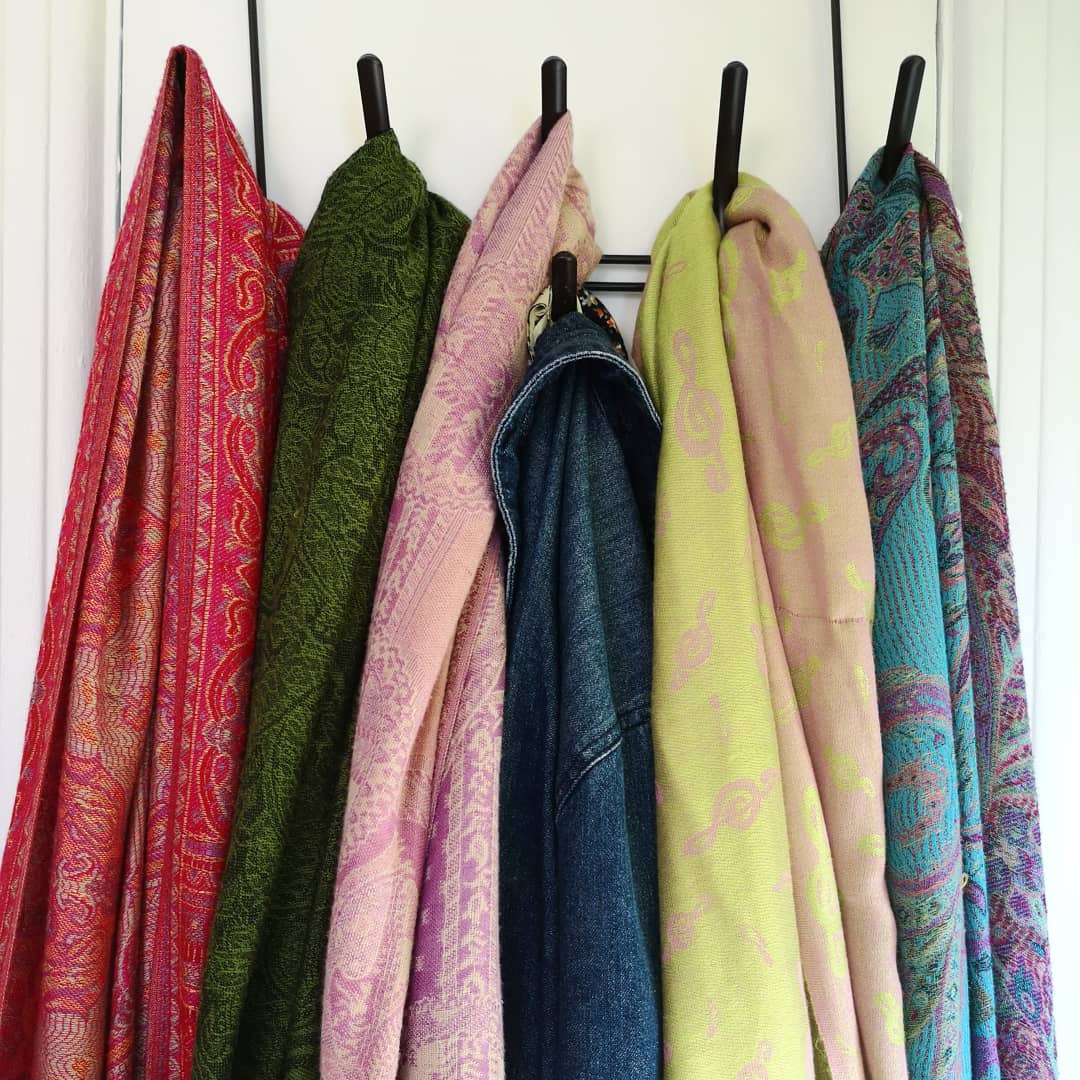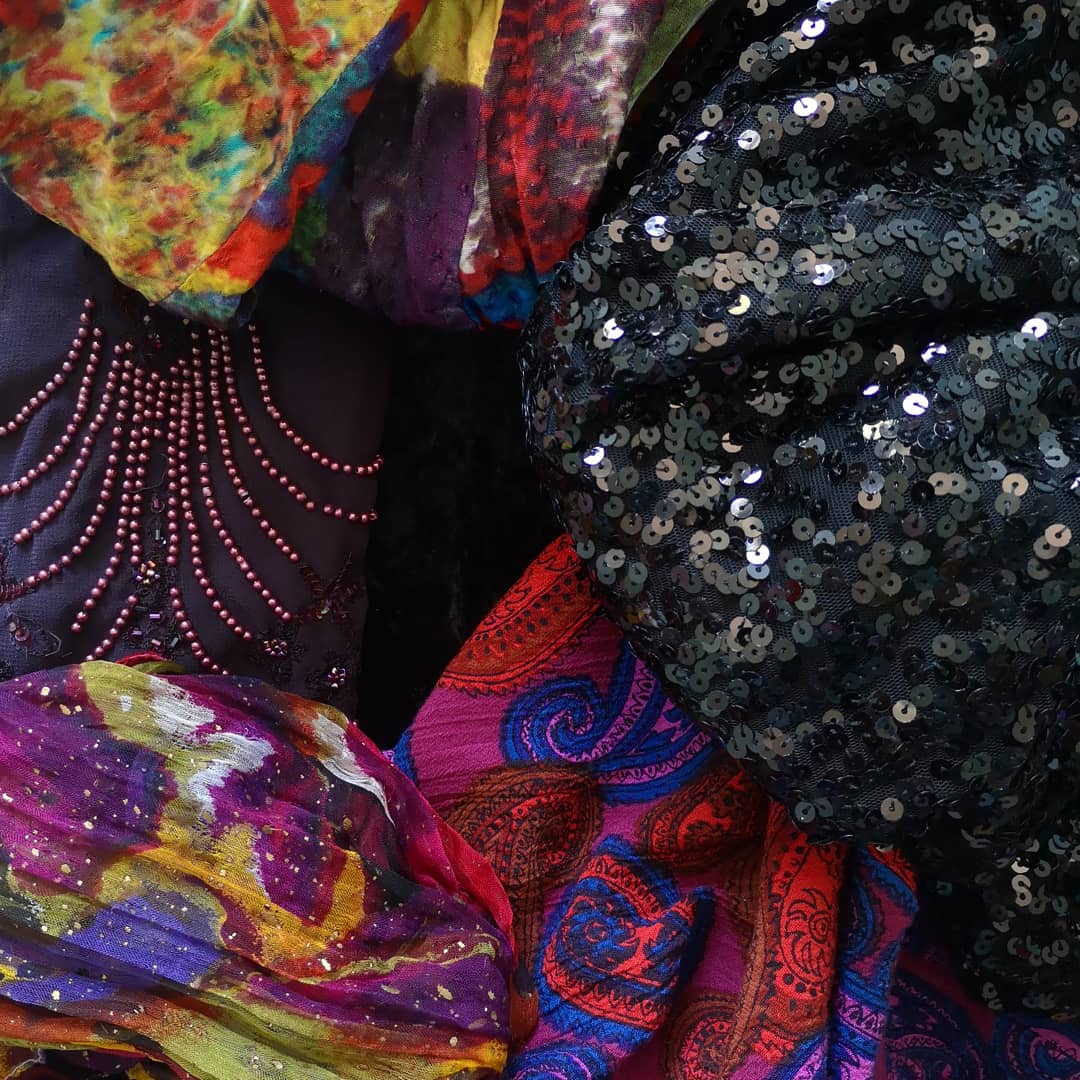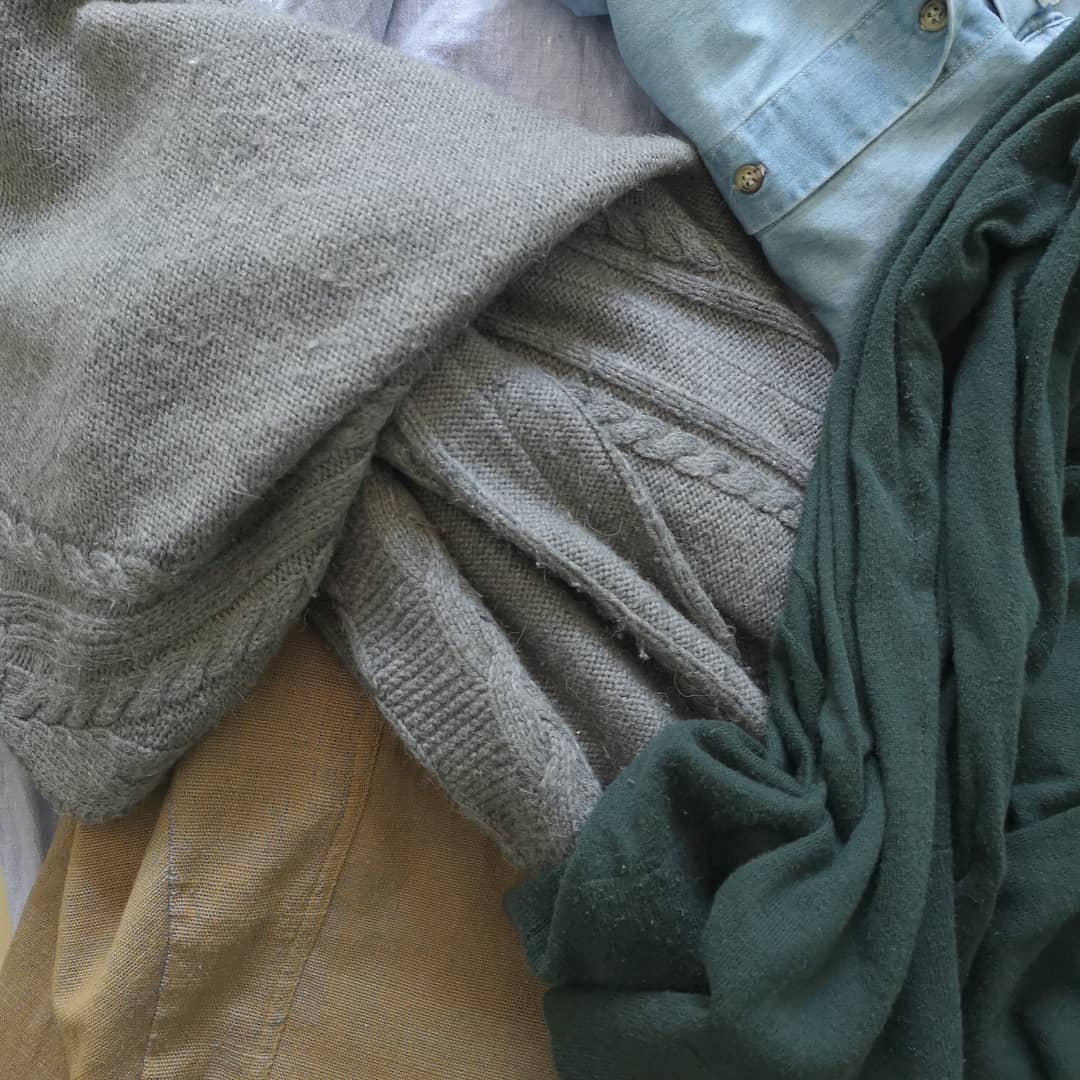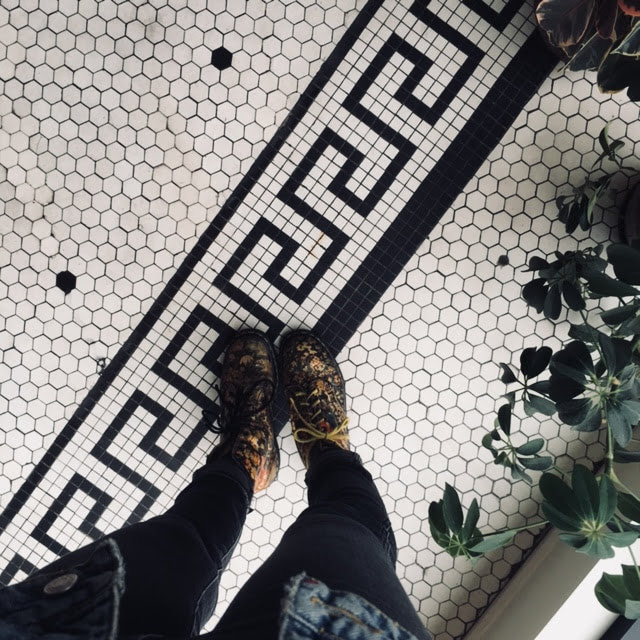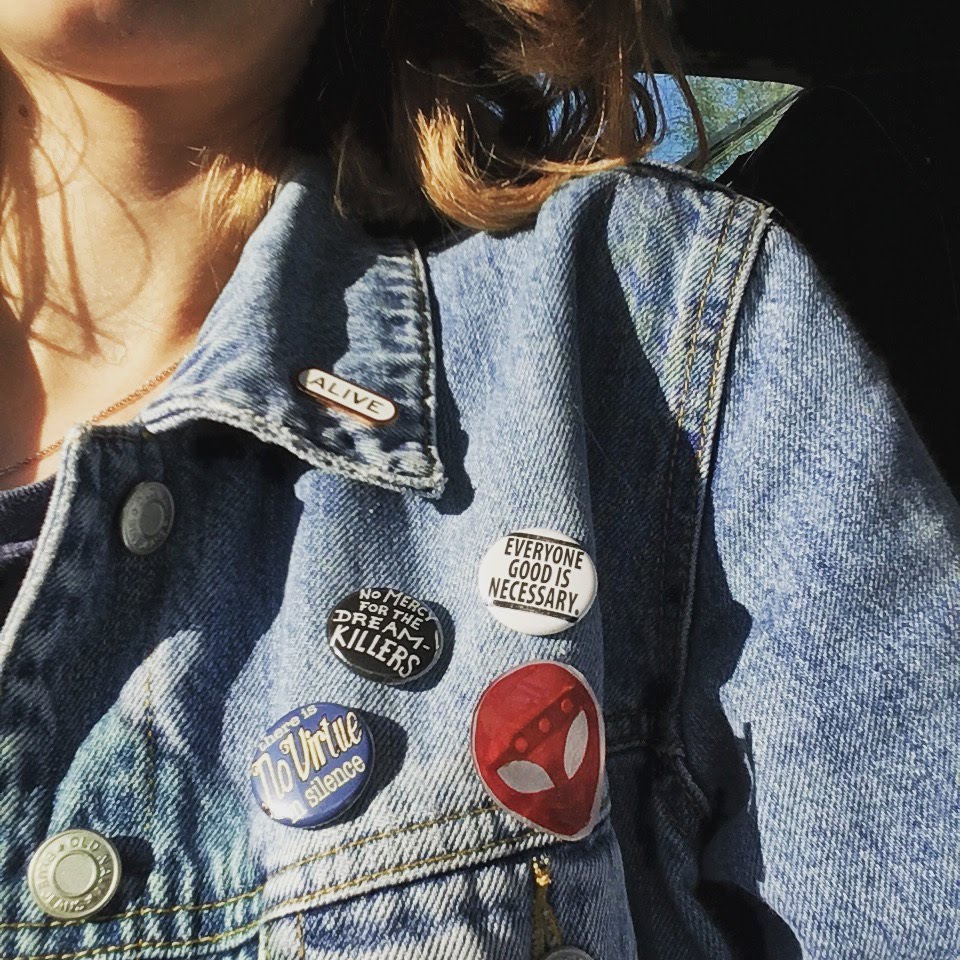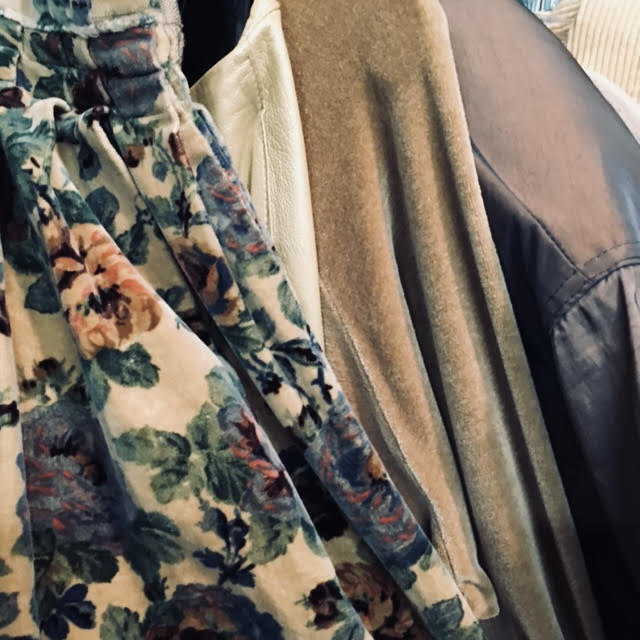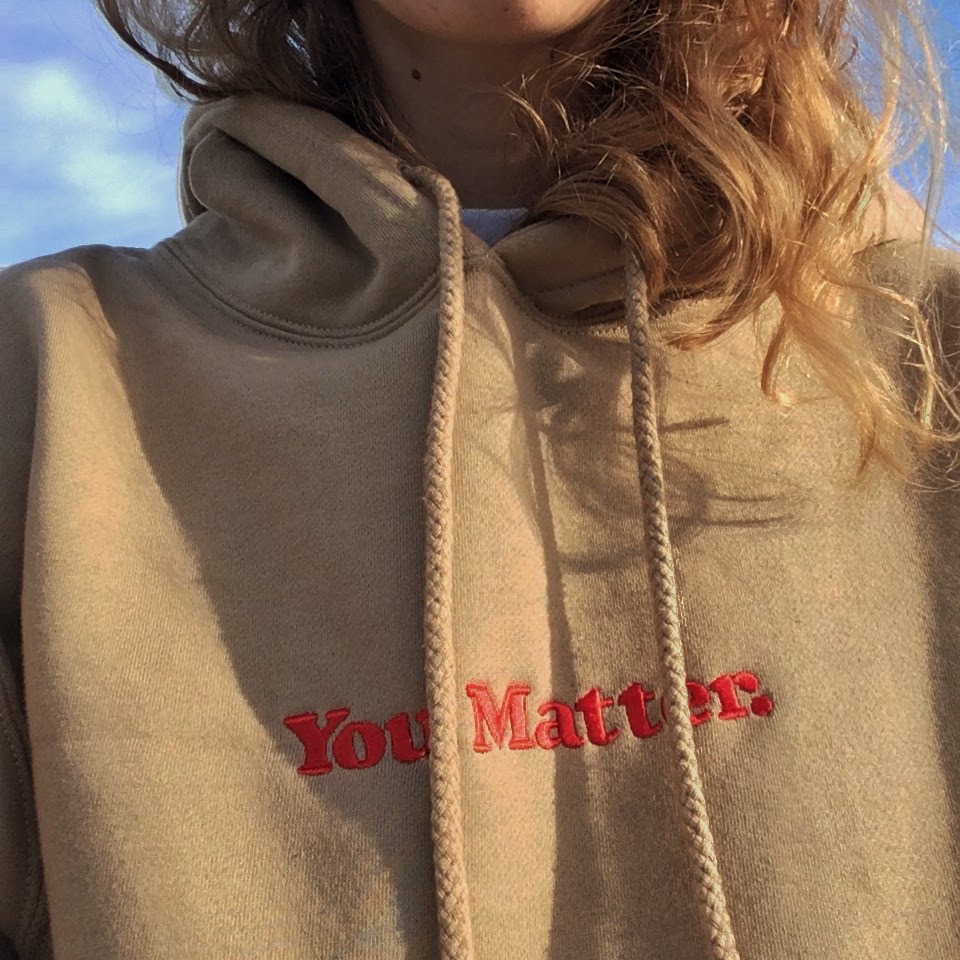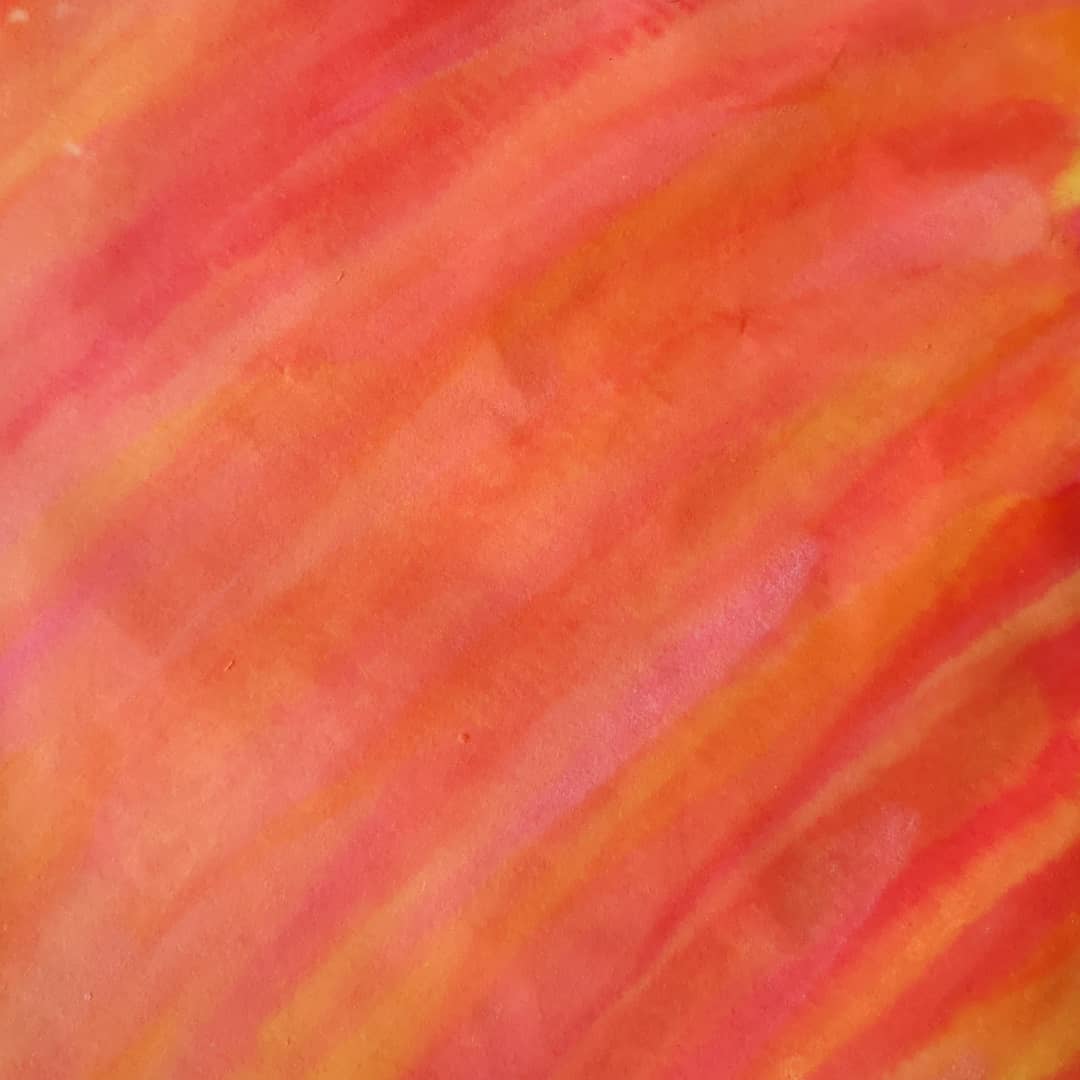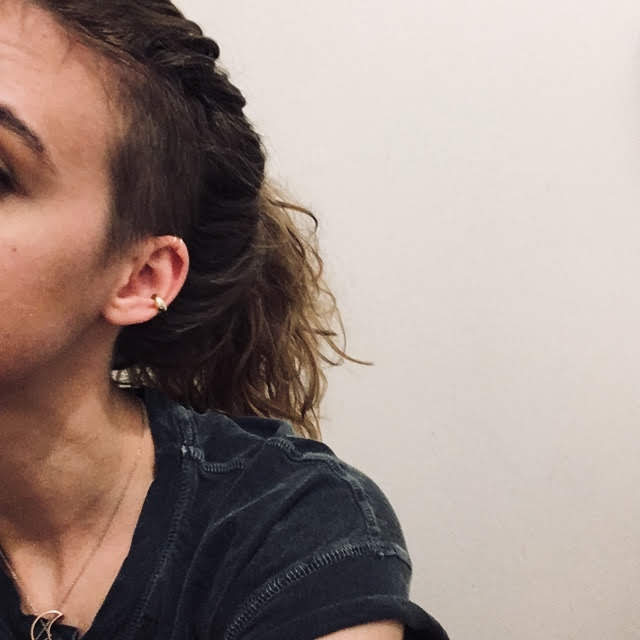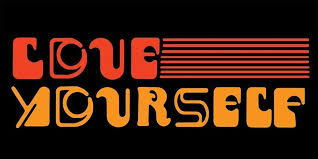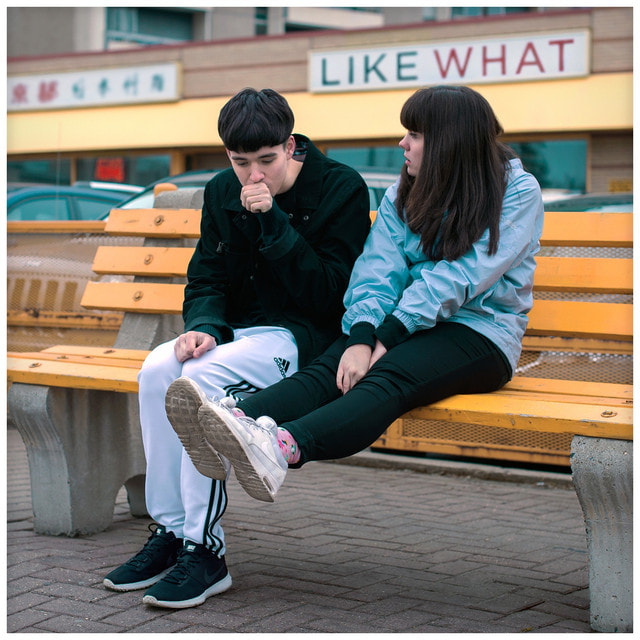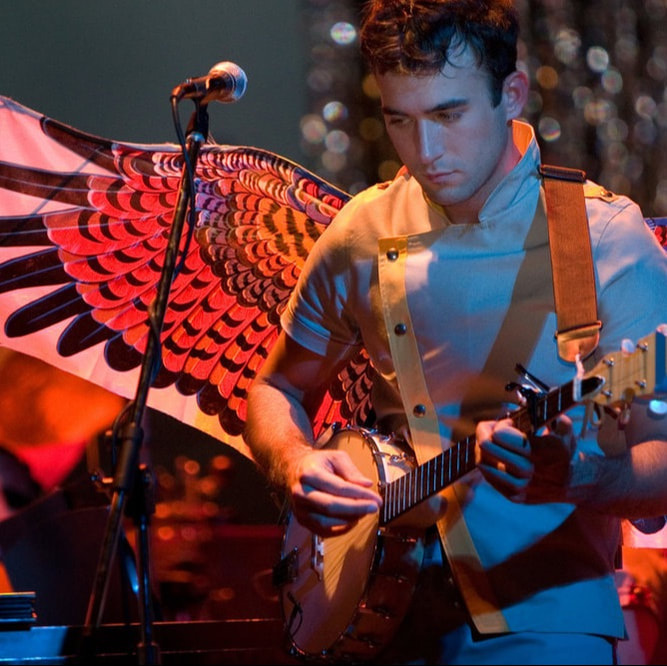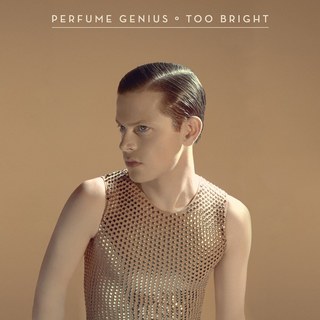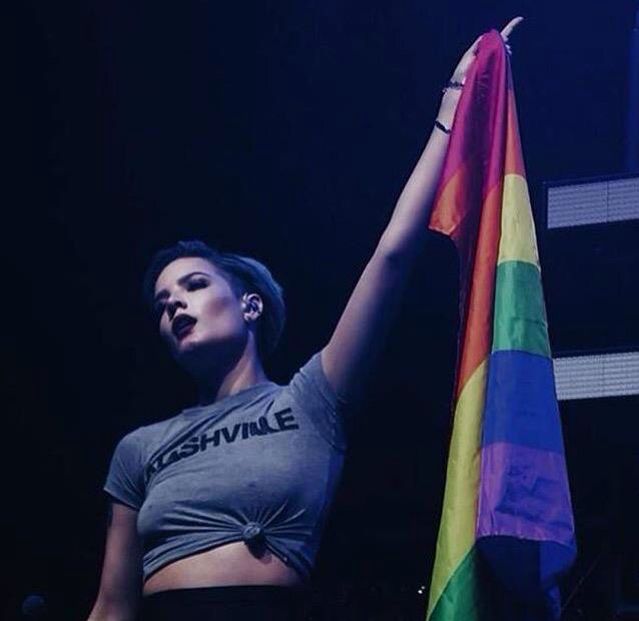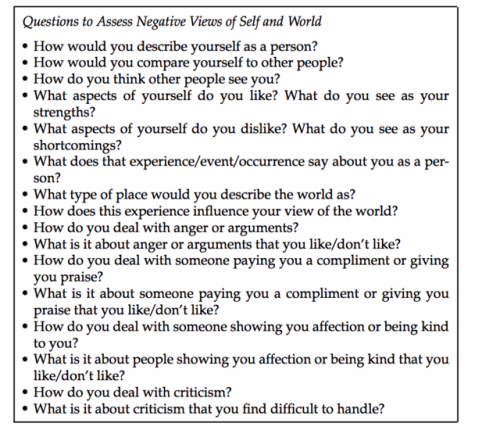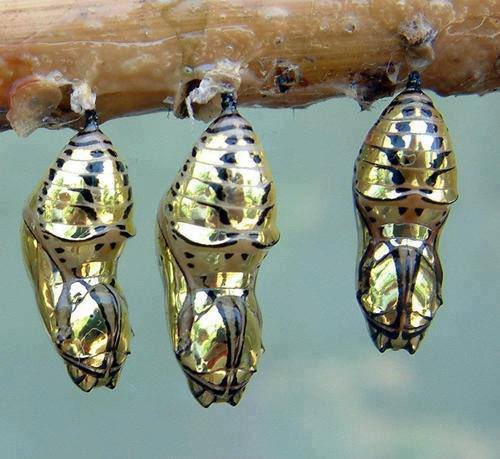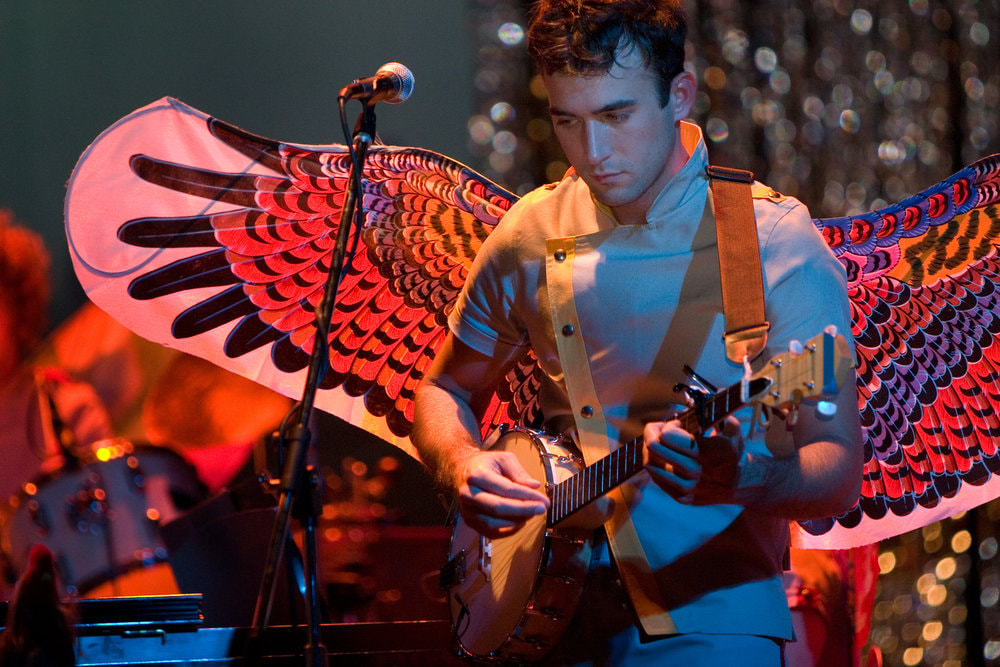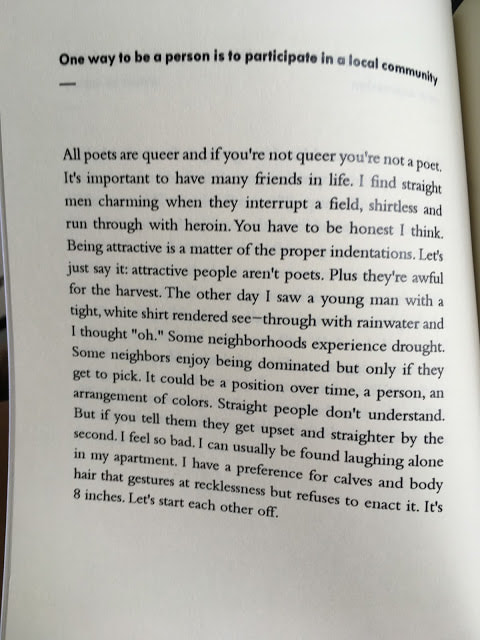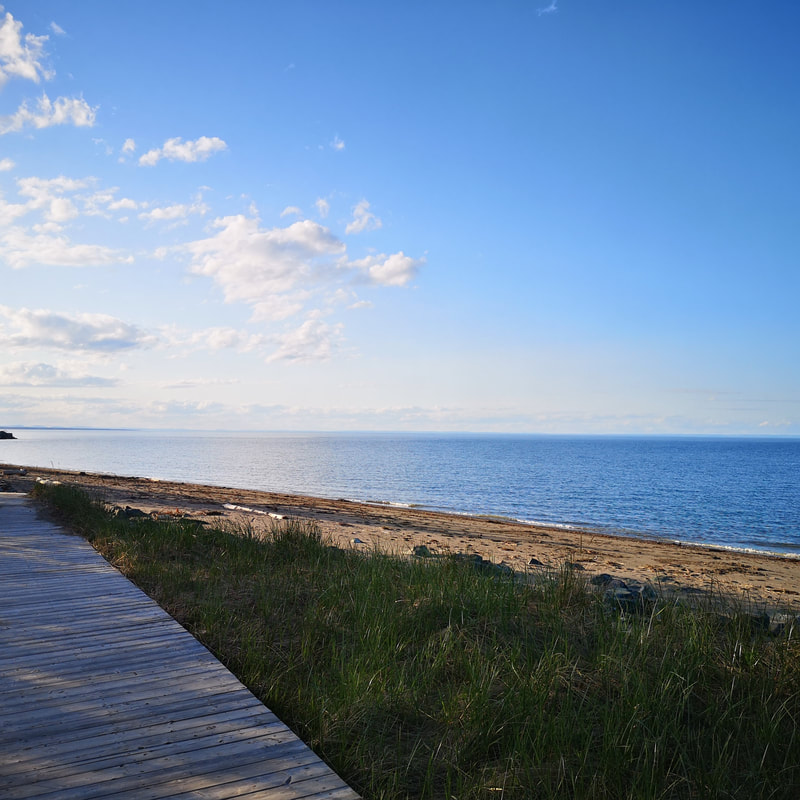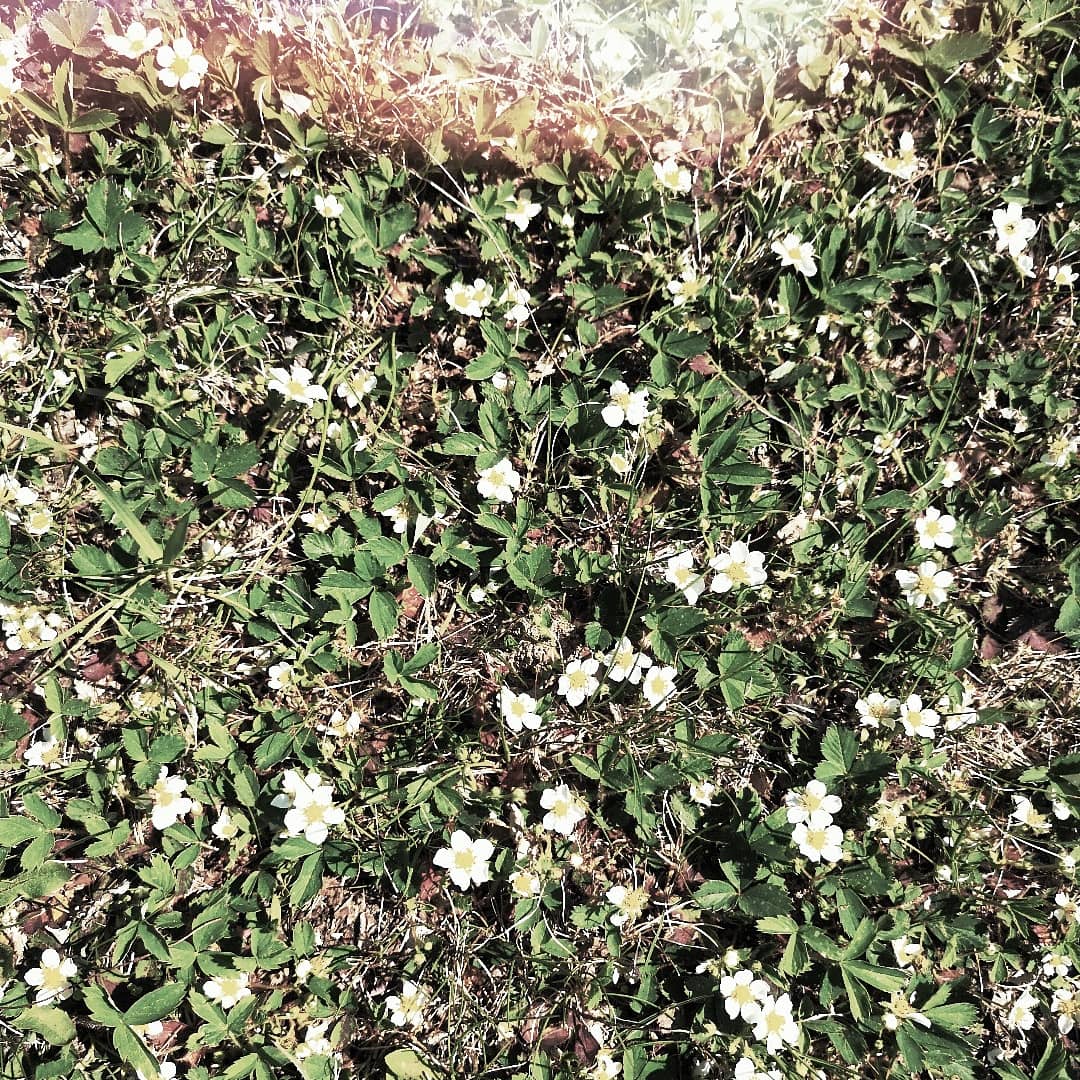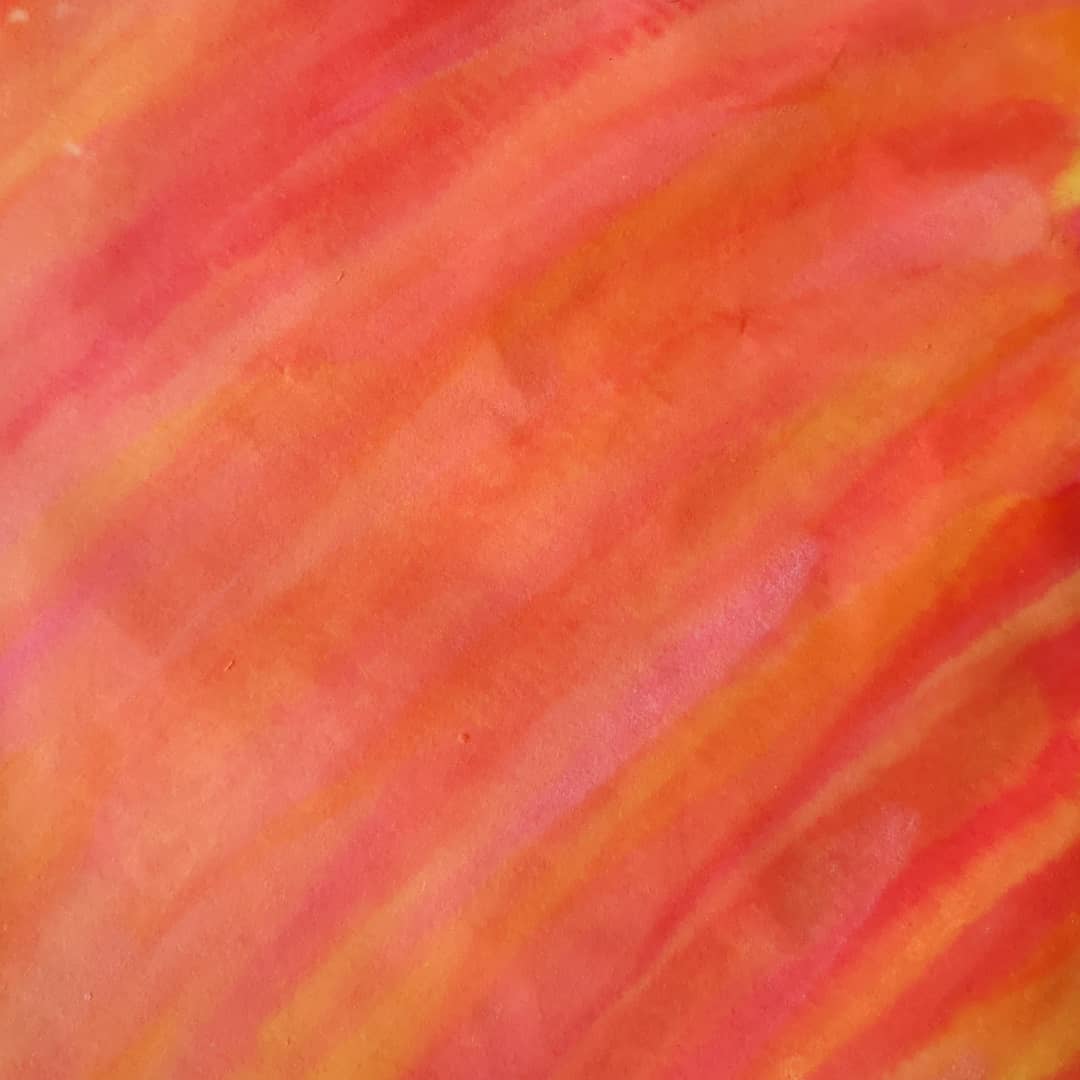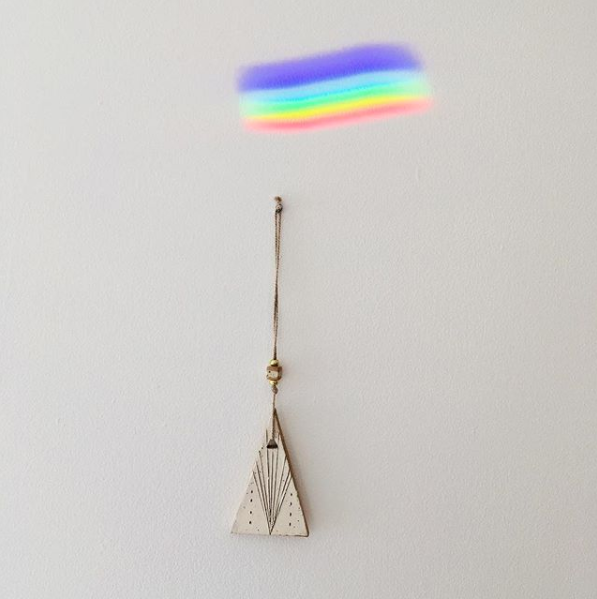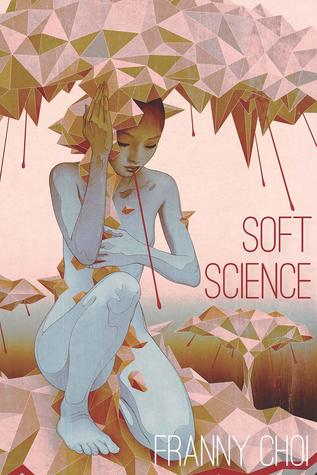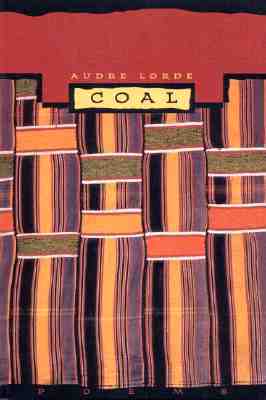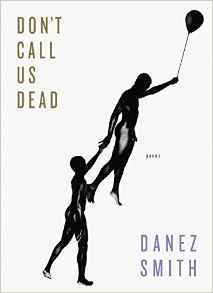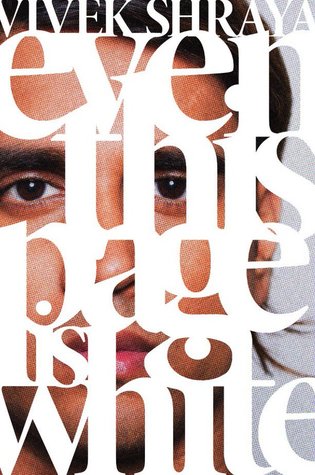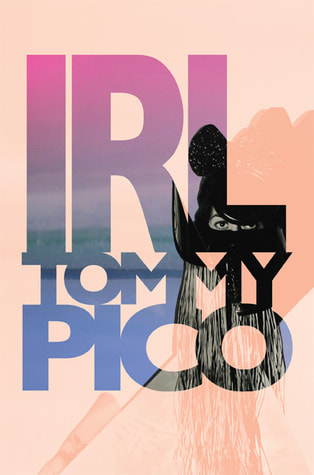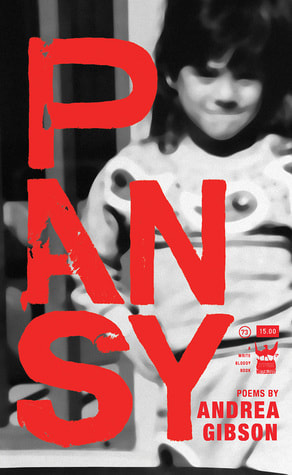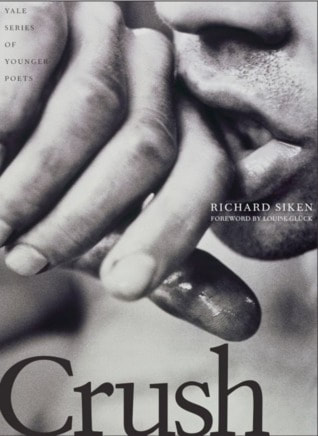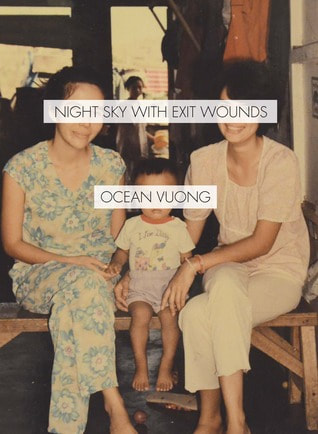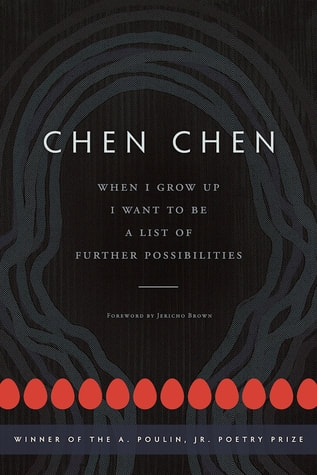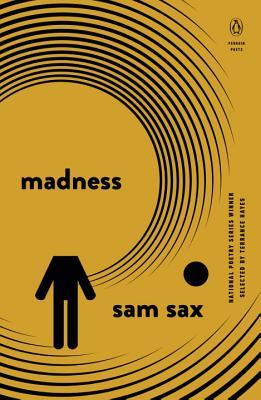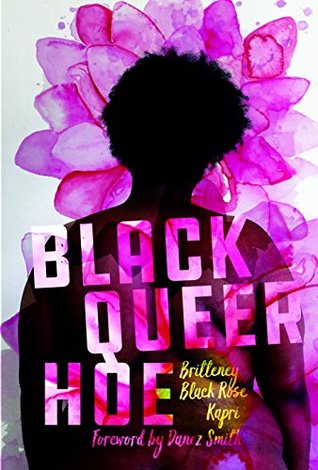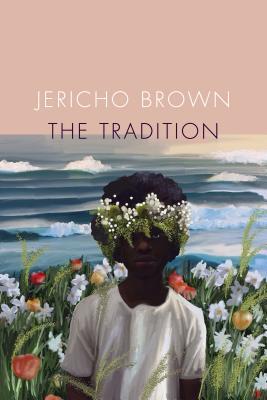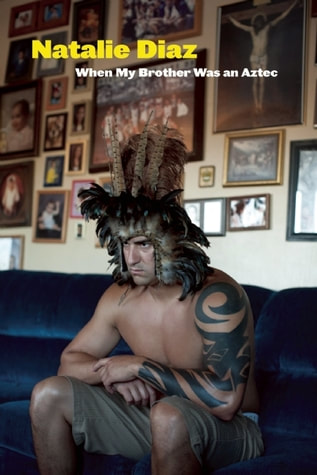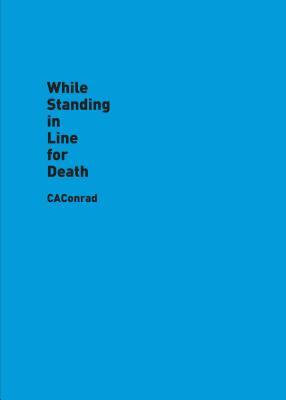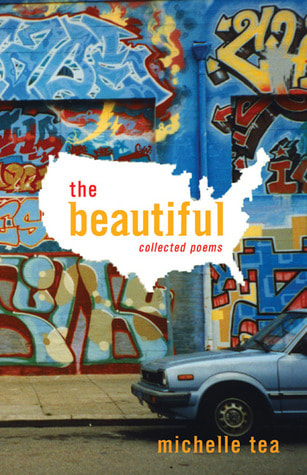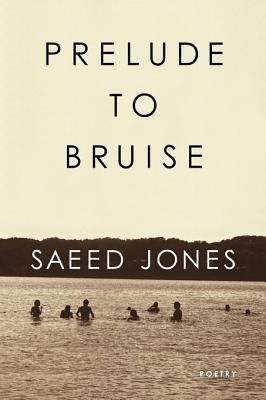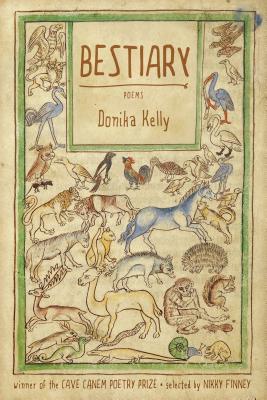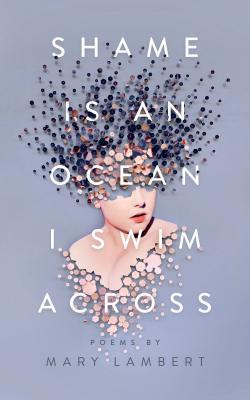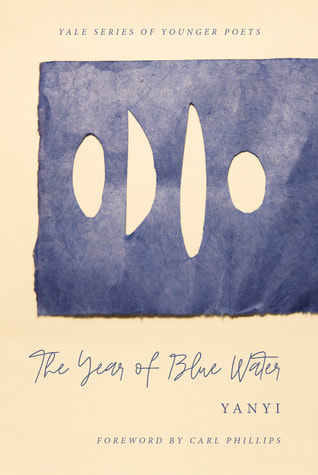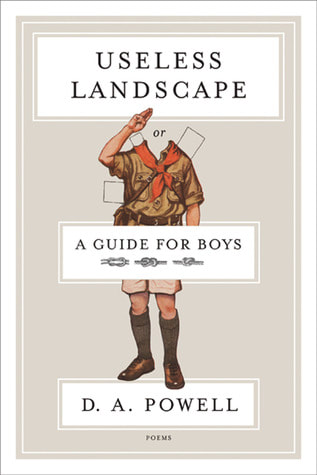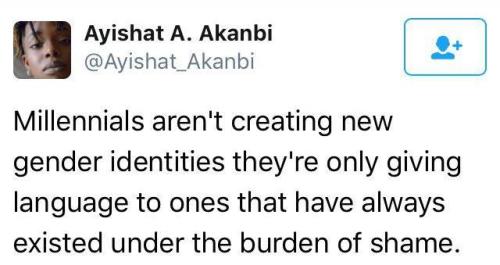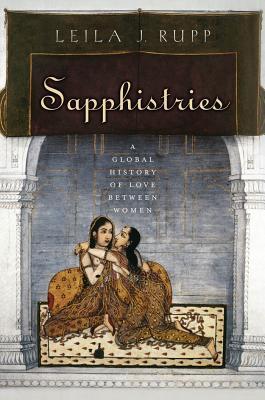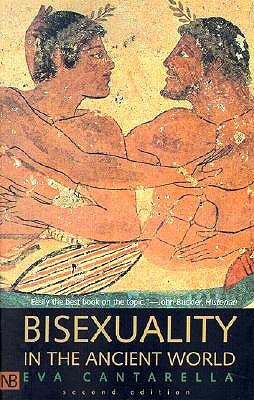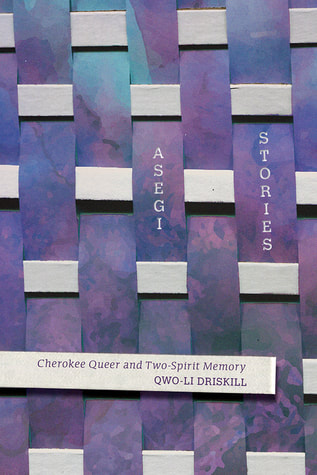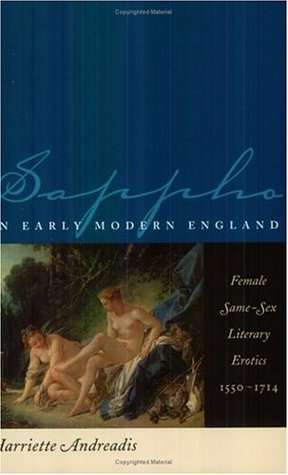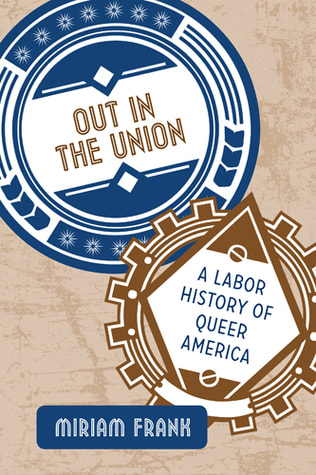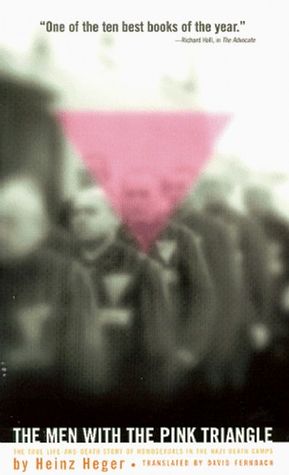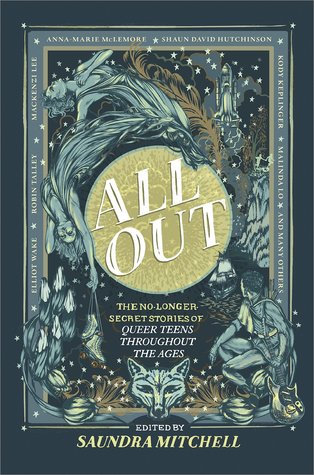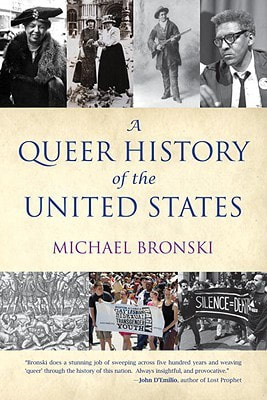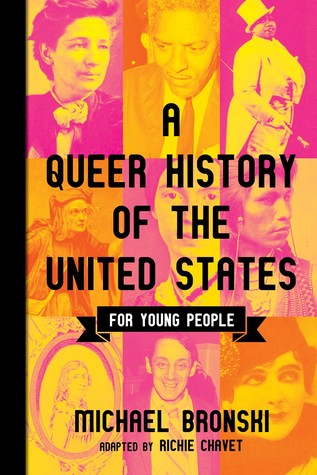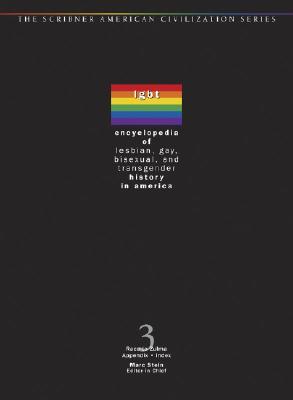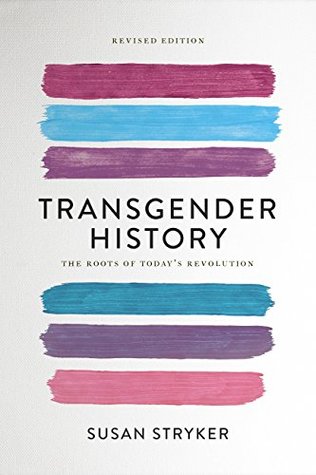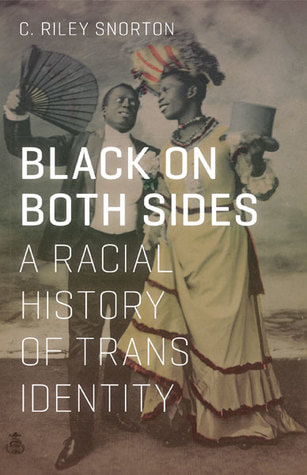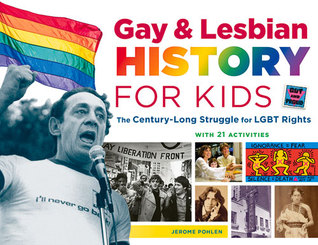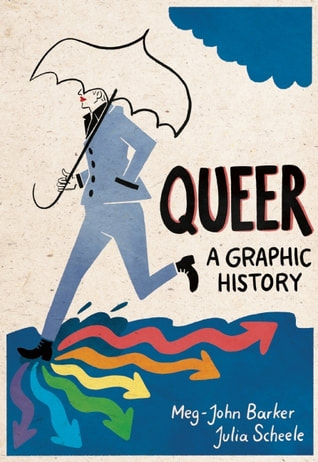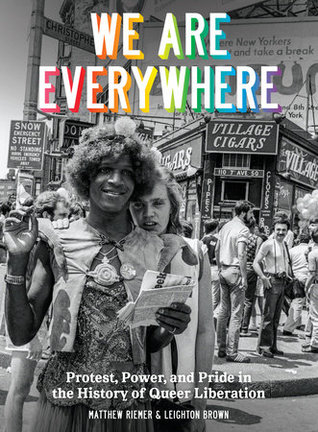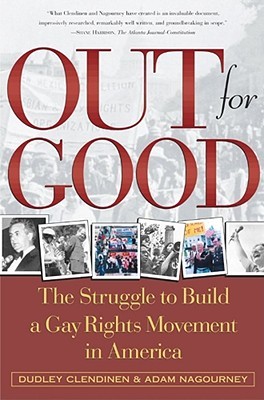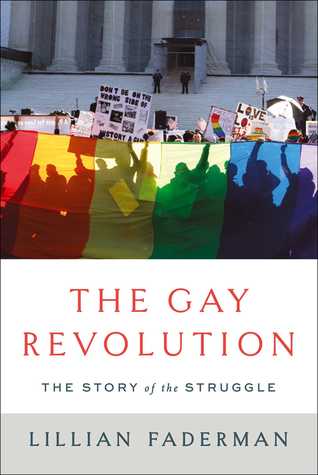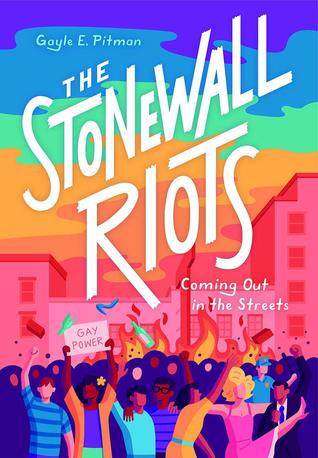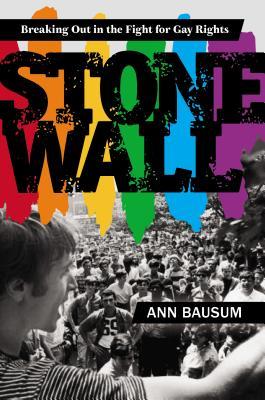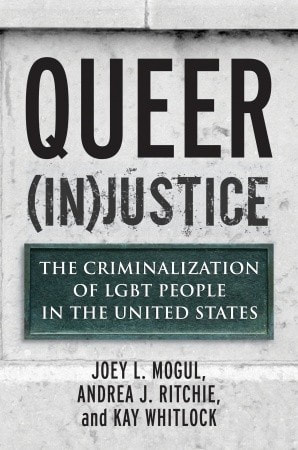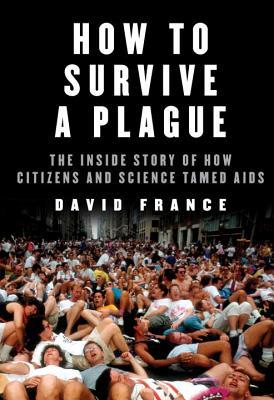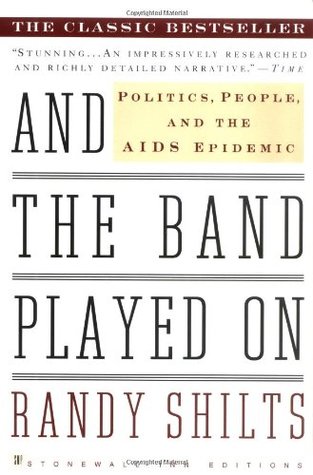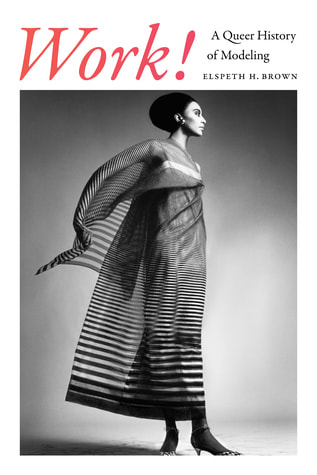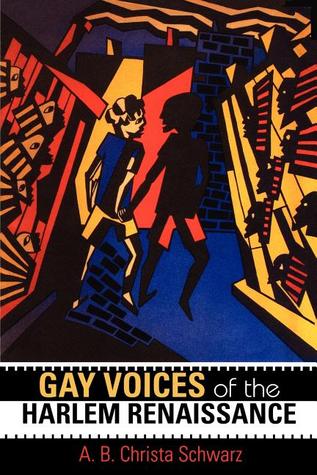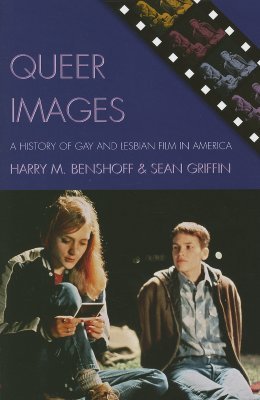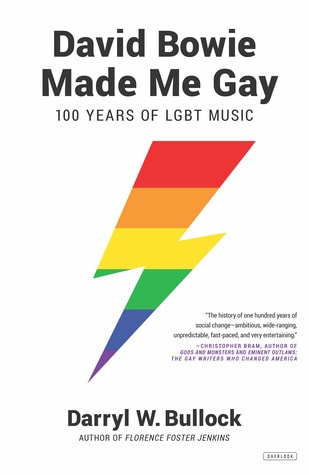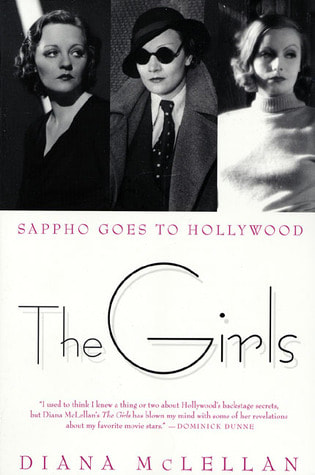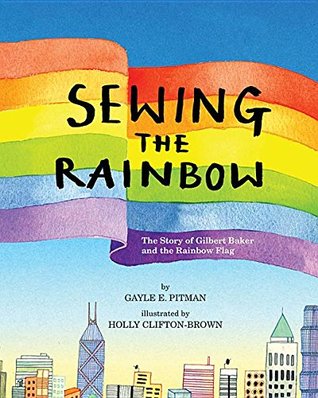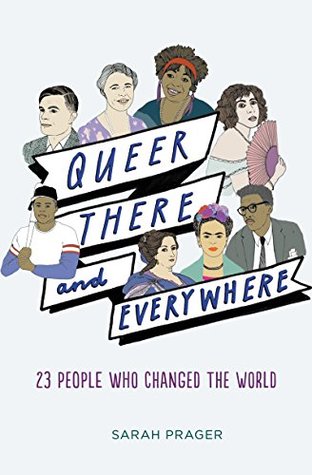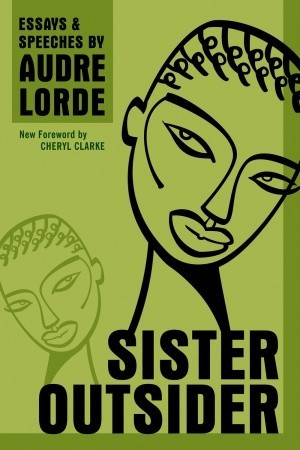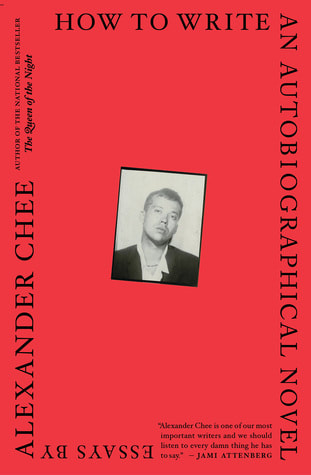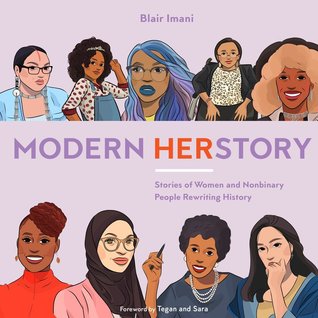|
what is authenticity? when we create ourselves, do we become more or less authentic? this question has been low-key plaguing me ever since i first heard about authenticity. i was 10. in grade 5, i was one of the oldest kids in my elementary school and i made sure i was a soloist in the school choir. i kind of wanted to be a star. avril lavigne's debut album, let go, was pretty new and i listened to it on repeat. i thought it was the height of coolness. it resonated so much with me. sometimes i remember myself at 10 years old singing "i might've put up with that when i was 14 and a little more green" with all the conviction in the world and i smile. bless 10-year-olds. when i was 10, there was this big televised singing competition that everyone really loved to watch in my community because one of the most popular contestants was from a small town nearby. one day, i asked my mother why this contestant was so popular. "people find him authentic," she said. i had never heard or read that term before, so she explained what it meant: "people who are authentic are their real selves. they don't change for others." i was preoccupied. why did the viewers think this contestant was more authentic than the others? i could understand why his mannerisms on a surface level seemed authentic: he was provincial, rugged and rustic, with a thick accent and manners every bit appropriate to the fisherman he'd been before the competition. but why was this authentic? and why was the other contestants' artistic expression not perceived as authentic? the thing is, this contestant acted just like every man in my community. i asked myself if authenticity was just playing "the roles we were born to fill" (this is a quote from mona lisa smile, a movie that is about authenticity, if you really think about it). this seemed wrong to me. acting like every girl in my community sure didn't sound like an authentic way for me to be. now, i look back and i understand that it wasn't really authenticity that seduced viewers, but the embodiment of a stereotype that suited everyone. people from urban centres watched and this stereotype comforted them because it allowed them to pin down the people of my community --- to put us in a box and not have to try to understand our differences. people from my community watched and this stereotype also comforted them. i think it allowed us to live vicariously through the contestant while not changing anything or confronting anything about ourselves. by staying small and comfortable. there is this expression in french circles in canada (i have never heard it in the particular community i grew up in, but the sentiment was there): "when we're born for a small loaf of bread..." (quand on est né pour un petit pain) it implies that we are born for small things in this life and that to hope or ask or wish or even work for more is foolish and messing with the natural order of things. in many ways, it's, i guess, a knee-jerk reaction to the "american dream." i call the pervasive idea that we are born for small things "small loaf syndrome" (i don't think i invented this, but i can't find a source, so maybe i did?). i've always thought that small loaf syndrome was ridiculous and that i didn't catch it. in my last therapy session, i talked about seeing the movie rocketman several times (don't act surprised). "why do you think you liked it so much?" my therapist asked. "do you think it's because you're an artist?" i was gobsmacked. how dare she call me an artist? this thought painfully echoed a thought at the core of my self-talk: how dare you call yourself an artist? and a sentiment i perceived from my entourage: how dare you be artistic? i remember when i was a teenager and dreaming of moving to the big city i live in now seemed like dreaming of a big loaf. how romantic and exciting the city seemed. i had all these fantasies of city life in which i realize now, in hindsight, i was an artist in every way but my occupation, which was always something sensible. but didn't i want to be an artist when i was 10? yes. indeed. i wanted to be a star, i think were my exact words. later, in middle school, i discovered classical music and i wanted to become a musician. i wrote a few songs, too, and i arranged let it be for a wind quintet, but i didn't think anything of it. then, high school came around and with it a new music teacher, one who seemed to be adamant to sap the very art and fun from all music-making, leaving it dry, drab and technical. this music teacher had an electronic metronome she would plug into gigantic speakers. she would turn the volume up as loud as she could. then, with the metronome clacking in our ears, she would lean over the first row of chairs clapping her hands with what i perceived to be barely contained violence. i sat in the first row. it's like the metronome and the handclaps yanked bits of fun from us students with every clack. as a person who is highly sensitive to sound, emotional atmospheres and heat especially (the music classroom was always hot; it trapped the heat in and then we kids were so stressed we were emanating heat like we were lost in the arctic), i left every rehearsal exhausted and grumpy. this is kind of what brought me to tears when i first watched rocketman. the entire story is extremely sad, don't get me wrong, but here's what made me cry (i wouldn't consider it spoiler-y): when elton is about 7 (?), he starts getting into classical music. there is a scene showing him staying up past bedtime reading a score (it looks like an orchestra conductor score but i'm not 100% sure). he imagines himself conducting an orchestra playing rocket man. he imagines the orchestra. the musicians are all looking at him so earnestly. almost lovingly. some of them are even smiling at him. then, elton gets to the piano. this is a piano concerto and he's the star. this scene is so joyful and pure. it shows us that this is what music originally was to elton: a fun, second-nature form of expression. later in the movie, it's made clear that as addiction and other mental health issues start taking centre stage, fun disappears from music-making. there are all these montages of elton john performing and looking absolutely miserable. when elton hits rock bottom, his 7-year-old self appears again with the melody to rocket man. it's beautiful! anyway. it just really moved me to see that joy and see it slowly lost. it reflected my experiences in a way i didn't understand right away. i think that knowing and embracing what brings us joy is a big part of authenticity. maybe that's the way in which the contestant on the televised singing competition was actually authentic. he knew music brought him joy. so, he dared. i don't want to pretend to have all the answers, and especially not to the question "what is authenticity?" discovering personal authenticity is a long, thrilling journey. i think my 30-day introspection challenge, over a few days ago, really helped me travel along that path. i want to pursue joy. i want to pursue a large loaf of chocolate-chip bread sprinkled with sugar crystals. i want to pursue myself.
0 Comments
Today marks the solstice, no matter where you live. Perhaps today is the longest day of the year (here it's ultra cloudy and dark, ironically enough), or tonight the the longest night for you (hello, southern hemisphere.) Regardless, congratulations, you've made it through have the year. It's a big deal. Try not to panic at the thought! That is exactly what I am good at... I keep drawing the oracle card "get out of your own way" and wondering, "What the heck does that even mean? How am I supposed to do that? I am me." But after seeing it over and over, and then coming across the prayer, May I learn to make good out of what I'm given, rather than only make sense of it, I suddenly understood. I am so good at panic, or, at least, concern. See, I love growth. I want to never be stagnant, preferring a constant process for becoming closer to the person I was created to be. And to do this, I often spend a lot of time reading books or blogs or quotes or psychology studies. I love reading/thinking about theology and politics, and how these things intertwine. I truly am a 6w5 (for those who don't speak enneagram, I mean that I do worry, but exploration of thought and fact appeals to me. Study appeals to me as a way to lay a solid foundation of truth to stand on. I think if I can read enough truth, I can build my own magic road map to success.) who often thinks, "I have to know it all before I begin to practice any of it," and dwell on all the ways I need to "get better." Questions I think a lot about include "Where do I fall short?" and "Where can I improve?" and "Who am I not that I want to be?" I can tell you this pretty confidently: it's only partially helpful, and it's anxiety and depression inducing. Our self-help happy society tells us often that we need to confront our darknesses, and go deep. But honestly? I can go deep- and then get lost so easily. I can know all about what I hate about myself and what has hurt me and what is weighing on me and what doesn't measure up to standards. I can do that all day. I can also stay in bed all day and cry in the bathroom. There comes a point that we have looked back enough, and now, we need to look forward. I can see all my problems, but who do I want to heal into? I can't just eliminate all things I hate about myself... they have to be replaced with something. That, and hating myself really isn't helpful. It makes life feel worthless. I'm understanding it now... that getting out of my own way can mean not standing in the middle of the road staring down the parts of myself I hate. Getting out of my own way could be standing aside to allow the good parts of myself to thrive, and to overgrow some of the shit. But how? With this in mind, here you are, at the solstice. You made it half through the year. Enjoy the sunlight, if you have it. Enjoy life. But also take a moment to enjoy yourself and how far you have come. Yes. Look back. Make a list of all you've accomplished. Look back at your resolutions and reevaluate. If you're stuck, I have a list of questions for new year's here, that may be used for the halfway point as well. This is also a great time to do a solstice or self love tarot card spread to get you thinking. Frame questions and statements positively, like "What opportunities have emerged this spring?" and "What blessings am I receiving?" Spreads to try might include.... Summer Solstice Spread via Biddy Winter Solstice Spread via Biddy Spread for Self Love via Labyrinthos Now, moving forward, it may help to begin daily routines/rituals to help you not only learn, but also foster and dream. I suggest bullet pointing anything you'd love to do in your dream routine, and pulling from these ideas to build long and short routines, so no matter how much or little time you have, you have an anchor to begin or end your day, to connect to yourself in a positive way. Consider the following, dimmed lights devotional oracle / tarot breathing practice journaling dry brushing eating outside gratitude journal Psychologist Dr. Nicole LePera developed a worksheet for "future self journaling" that I quite reccomend. You can learn more here, and join her email list to obtain the worksheet (for adults and kids!). I've been thinking about this lately, the practice of imagining who you shall become, in specific terms. Not just, "I want to be healthy surrounded by plants," but specifying what healthy means. What kind of behaviors and thought patterns does this imply? How exactly would that impact my day, life, feelings, and body? Did you know your brain rarely knows the difference between imagining, observing, and doing? By imagining and writing specifics, you can not only rewire your brain to become this, but also imprint the memory and vision you have within your day, so that you can more consciously act and think the way you want to. I guess my way of getting out of my own way is to step into the way of my future self. To allow myself to envision a good future and a good self, rather than focusing on all the ways I fall short.
The sky is going to start changing light patterns, and so will I, but this is okay, because like nature, we also live within cycles. This is no end of anything. The sun will come back. We will endlessly create ourselves. With love, hopefully. Namaste, M i think many of us have these pulls within ourselves, creating tension by yanking us in opposite, or at least very different, directions. we are complex beings, after all. as far as i'm concerned, the dynamic between apparent "opposites" makes powerful fuel. it drives us to novelty and creativity. that doesn't mean that reconciling these opposites is easy work. i've struggled a lot with being pulled in different directions. i love music, but silence feels so good. i'm not sure what's more brilliant between classical music and pop, and sometimes i wonder if they're so different. the list goes on. math and writing. the city and the middle of the woods. musicals and murder mysteries. anti-materialism and owning 12 scarves. spotify and going full analogue. fan fiction and nonfiction. masculine and feminine archetypes. the queen of cups and the king of wands. the list goes on. m and i decided to collaborate on this post. it's about the tendency our closets often have to split themselves in two. m's experience of this phenomenon is quite different from mine, which i find fascinating! we both wove astrology in our parts. i hope you will enjoy this post as much as i enjoyed making it. our tendency to be diverse and ambiguous as humans never ceases to thrill me. nadine: drama queen and chill grandparent having my sun and venus in gemini, one thing i am particularly "split" in terms of is aesthetic. the other day, i went thrifting and i told myself i was looking for flashy, colourful, sparkly, dramatic things. indeed, i found an amazing black sequined cardigan. but i also found myself drawn to grey wool knits and mossy green blouses. as a genderfluid person, i guess it would make more sense for my two preferred aesthetics to be something like masc and fem. and yes, for sure, going through wedding pictures of straight couples and not being sure whose outfit i want more is one of my signature moves. but whatever my gender expression, i find that my looks are still split in the same way: drama queen and chill grandparent. on one end, we've got the drama queen. here, less is not more. more is more. this side of my closet is full of red and black. these clothes flow and sparkle. they're loaded in passion and anger. if i were to personify the drama queen with a short playlist, it would be this: primadonna / marina bennie and the jets / elton john defying gravity / kristin chenoweth & idina menzel the king / conan gray the show must go on / queen on the other end, we've got the chill grandparent. think forests and milky tea. this side of my closet is full of wool, denim and linen, especially in more natural hues. these clothes are gentle and grounded. the songs the chill grandparent vibes with are like that: lover of the light / mumford & sons heart of gold / neil young like gold / vance joy rise / eddie vedder postcards from italy / beirut my moon is in libra, another air sign, and my ascendant is scorpio, a sign of transformation. basically i'm built on change. it took me a long time to be ok with that: to realize that yesterday's truth is yesterday's truth and today's truth is today's truth. it sounds so simple, and it is, but at the same time, it's not. i guess the challenge is trusting that change always makes sense, always has a purpose, always brings us closer to where we need to be. m: soft and wild hello my fellow confused cancer moon’s! i may be a “grounded” taurus sun, but wow. so many different places to be grounded. (i also read that capricorn’s therapy is suffering, so the combination of cancer moon, taurus sun, capricorn rising really does give way to an…. aesthetically pleasing anxious puddle of a person....) I met nadine and gray on an art/fashion website, over seven years ago. together, our selves evolved, as did our aesthetics. a year ago, the site shut down, and i hadn’t expected to feel so upset about it, but i am. it was an easy way to experiment with self and appearance, and to discover new looks. to cultivate a sense of being through the art of clothing. along the way, i learned about sweatshops and environmental impact and minimalism, and while i loved clothes, i felt this anxiety when i dwelled on clothing. without the safe space of inspiration and experimentation of the website, i felt like i was floundering. it sounds dramatic, but it’s true… my favorite fashion magazines have gone online only (rip nylon and teen vogue), my favorite websites and tumblrs have died, and instagram remains quite difficult to navigate…. when i stand in front of my closet, i feel stressed and hurried, and since i work with the public every day, often not confident enough to create a look. sometimes lack of confidence stems from invisibility; working with someone who dressed with their heart gave me so much inspiration and confidence just by proximity. what we see matters. visibility expands possibility. meanwhile, i’ve also been wrestling with “being soft,” a term that was usually thrown at me in manipulation or as a sign of weakness. through my college years, i genuinely identified with more punky looks, because it’s exactly how i felt: untouchable and unbothered, yet frustrated, and bored-- and it was simply a style i really loved. i still do. then, i graduated and started working full time job at a public library, where I’ve always felt like the baby (just for the record and due to library stigma, this is silly. most of my coworkers are in their 20’s). i still look into the closet and feel confused, and pressured (only by myself.) what makes me look like i’m going to be taken seriously, but feels authentic to me? how many selves can i present without looking like a poser? am i poser? a child playing dress up? i think it’s an issue that runs deeper than clothing, one that i think a lot of twenty-something’s in our first adult jobs can attest to. trying too hard? here’s the deal i’ve learned. it’s pretty easy to always look like you’re trying too hard, as long as you love everything in your closet, because even the simplest pieces have some level of cool to them. a t shirt looks like more than a t shirt when it’s a vintage shrunken t shirt, or oversized. purchasing items that mean something to you, especially if they’re second hand or from small brands elevate a look instantly. so when you feel like what you’re wearing is nothing, or childish, it is good to remember that the way people view you is often not how you feel. rarely do other people see that as truth or possibility. our feelings are not always the most popular truth, especially if we are feeling towards an article of clothing ultra familiar. sometimes, it’s just a feeling not worth pursuing.... but also… do i shy from this feeling of trying because i don’t want to seem like i care? when did apathy become something i wanted to embody? ah, and you thought this would just be about fashion... but maybe dressing up is okay. maybe caring and loving is okay. i love when people wear a piece of clothing because it looks like something a beloved character would wear; that sense of joy- and confidence- is something i’d like to adopt and get used to. recently i was in the basement of an indoor flea market and just got this rush of love for clothes and collection and experimentation. it’s fun. an art form that doesn’t have to be pristine: my favorite outfits combine the madewell jeans that fit me just right and the t shirt i found in a trash can or in the bottom of the bargain bin in venice. it fits me, it’s so soft, and i can wear it over and over and never tire. add the thrifted jacket that has frayed and torn and been patched over, with the six gold rings that i wear every day, and the opal necklace and earrings. i adore this mix of thoroughly lived in/trashed, and everyday accessible luxe. through the years, i’ve been learning about being both-and: i can be both punky and cool and soft too. i can be girly in a dress one day, and masc the next. i can combine it. that’s what being human is… feeling the range of emotions and honoring many experiences. i don’t have to be a cookie-cutter. give me all the messy selves i am. often this results in simple both-ands of mixing textures, such as a soft sweater and corduroy jacket and plaid pants and suede or leather vans. mixture. simple interest. comfort. authenticity. so here it is. poor southwest art school drop out? sure, yee to the haw. pastel madewell lamb? ultra young suburban mom whose blonde 4 year old is running around screaming inscently? *sips wine* yeah, i can do that. piratess? yes. i can rock that. lesbian mom teaching children to drill? i look for things that matter to me. small details that make pieces utterly unique without demanding attention, such as a cut out in a neutral boot, pins on a denim jacket, a hoodie with a sweet message, an unexpected pattern on velvet, or a cute pair of interesting socks peek-a-booing. it’s the little things… because that’s where authenticity arrives… those little things you fall in love with. that’s what makes a person their own. like so with my closet. so here’s what i want to tell that teenage waiter who stopped me at breakfast one day to tell me he aspired to my ~aesthetic~: it was a target cardigan with old jeans, boots, and a random t shirt. beauty in the eye of the beholder. i would have said the exact same about you. you are glorious, even when you become too familiar to your own eyes. my aesthetic isn’t anything special, even if it makes you happy. i thank you for that. but also, your everyday magic is so valuable and personalized and interesting and sweet. the denim that’s worn away in the spot you touch when you’re thinking. fifty cent pins. the ugly t shirt you pulled out of the trash can and bled all over and had to crop to edit out the stains…. it’s a story and it’s yours. that rainbow sweater you bought when some homophobe started trolling... it’s both soft and tough, and it matters. this is your life. it matters. use the thrift shops when you travel. go to the flea market in the basement. be all your weird and wonderful and all your possible selves… clothing is just fabric, both useful and fun. it’s easy to overthink. but the day is going to pass anyway. might as well play.
we are all humans. we might not feel like it sometimes (i rarely do), but really, we are, i promise. i think that lately, it has been difficult for many of us to express love and joy without a lingering sense of guilt. it’s cool on the internet to be emotionless and how can i even think about those things when the arctic is melting and the middle east is unstable and there are school shootings and there are over 70 countries where homosexuality is illegal and some of those it’s punishable by death and the bolsonaro is trying to sell the brazilian rainforests to the highest bidder and--
“As we're bouncing up and down trying to make the floor break
it’s unhealthy to think like this. yes, it’s important to be socially conscious, but, like i said, we are humans. first, we are not super efficient robots who have the ability to solve all the world’s crises, and it’s inhumane to try to put that pressure on ourselves. we really don’t have the ability to process and take on all this suffering, and when we do, we tend to feel a sense of responsibility. second, by denying ourselves true expressions of joy and love, we are denying ourselves intrinsic and crucial parts of the human experience. when was the last time you ended a good day that didn’t have an asterisk attached?
“In those heavy days of June
the month of june is pride month, which i’m sure you all knew, maybe from the inundation of rainbow merch or photos from pride parades or just generally not living under a rock. it’s important that, during pride month, we memorialize the founders of the movement, remember our history, and pay tribute to those we have lost. but just as importantly, we, as lgbt people, should express love and ourselves even when it wanders far from the status quo. in a world that wants to make us ashamed of who we are, we should try our hardest to not be afraid. if we are out, we should do this loudly, so that people know we are here. if we are not yet out, we should respect ourselves and our boundaries and proclaim love softly, so we know we are here. these small acts of self are acts of defiance, and feed the hope of a better world.
To love yourself, you must know yourself. And to know yourself, you must love yourself. Love then is a sublime and universal understanding of self and of others. Love is a discipline of one’s own self-consciousness. Love is beautiful. Love is just. It must endure, it must evolve, it must expand, it must be born-again.
we do these monthly lists not only to share ourselves with you, but to share the things that make us happy, that make everyday life more livable, that we love, and we offer them to you. these small examinations tell us that it really isn’t all bad, it isn’t really all hopeless. the world is a beautiful and weird thing and is somehow there for your taking, so grab all you can fit in two hands. and without further ado, here is the june love list.
good luck, gray listening
→ love yourself/with my whole heart by sufjan stevens
gray: sufjan stevens is out there trudging through mud fighting for our rights this pride month. we love u sufjan. m: i was going to say this too. u will love it. → too bright by perfume genius gray: i have to include this for pride month!! i so much love how this album seamlessly marries piano ballads with art pop anthems with some more experimental cuts. fave tracks: my body, grid → Tchaikovsky’s Serenade for Strings in C Major, I. Pezzo in Forma di Sonatina nadine: this month’s classical rec is also well-timed for pride (it is generally accepted nowadays that Tchaikovsky was gay). this man’s story hit me super hard in the last month. to put it shortly, Tchaikovsky married a (female) fan for well-intentioned reasons, but then it turned out to be the Worst Decision Ever, so he ran away. he then wrote that “there is nothing more fruitless than not wanting to be that which I am by nature.” i listened to that story on BBC Radio 3 [https://www.bbc.co.uk/sounds/play/p01ydqsj] and i wondered why people like him (...and me lol) ignore their own inner guidance and any glaring red flags in order to orchestrate the biggest self-sabotage possible. →Tennyson's Beautiful World m: i rediscover this song every summer, and i'm head over heels. i'm consistently amazed at Tennyson's surprising sounds used as music, such as the rush of a bubble drink being poured. deep pure summer vibes. watching
→ halsey on stright pride and fear
m: you may have heard the call for a straight pride this month. recently, two women were beaten for being gay. when halsey performed in the town, she gave this speech. by the end, i was definitely in tears, as queer kids yelled, “I am not afraid.” → on simplicity and beauty, in a silent, four second video m: the earth is magic → Rocketman (2019) in theatres, for those “new life who dis” vibes nadine: ugh, this. i almost didn’t put it in because i feel like it detonates and honestly, i have shame around proclaiming my love for it (a can of worms i shall open in my journal). but the truth is i love pop and musicals, i love things that are flashy and sort of camp, i love things that are over-the-top and larger than life, i love going to the cinema, and i love this. it’s exactly the type of thing i want to make, songs and score (the arrangements are sublime) and story. plus it feels so good to go to the cinema and forget straightness exists for a while, you know? this movie is kind of a musical happening in Elton John’s head. it’s very introspective and it’s ultimately about personal growth and support systems. please watch and ponder: what is authenticity? when we create ourselves, do we become more or less authentic? reading
→On Earth We’re Briefly Gorgeous by Ocean Vuong
m: oh oh oh, you know how it is when ocean vuong writes. it’s exactly what you expect: beautiful and fascinating and saturated and heartbreaking. it’s exactly that. OEWBG is a poetic book about coming of age within a family laden with trauma, so be prepared to feel something. I felt inspired in many ways after i completed this book, including in the way i write, and what i write. → “All Other Trans People Are Real, But *I* Am A Terrible Fraud” by Devon Price “I thought I could live a whole lifetime being mistaken for a woman and just cruising along through it. I figured that if I was really trans, I would have known in childhood, and that I would have asserted it loudly, with defiance. Something. Just. Anything. But I didn’t have that confidence. I lacked that introspection. And for years I’ve held onto that, and taken it for a sign that all my feelings are fake.” gray: insert *i’m in this photo and i don’t like it* meme. but seriously i think it’s hard to admit self doubt and as someone who feels the same way about my gender identity as this author does, i really admire this piece. → “Feminist Trans Men & the Narrative of Internalized Misogyny” by Seth Katz “The difference between a trans man or nonbinary AFAB person and a cis woman (detransitioned or not) isn’t that we hate women and want to utilize misogyny, it is simply that we aren’t women.” gray: !!!! → Levi the Poet on “I Used to Think that Positive Self-Talk was BS” m: it's easy to disregard most self help things, esp if you have depression and anxiety. but i've been learning that so many things i roll my eyes at are, scientifically, true. levi covers one of these. sipping
→ seltzer and only seltzer please someone help me i am kind of addicted….
→ the smores frap is BACK at starbucks and i am HAPPY. marshmallow whipped cream you say? on my way. → new york’s next public monument honors two trans activists: Marsha P. Johnson and Sylvia Rivera. yes. this is the exact tea i want. thinking
→nadine’s 30 day journal/tarot challenge is kicking my butt in a good way.
→ Questions to Assess Negative Views of Self and World
→ m: why haven’t i done the thing ive been mulling over for years now? what holds me back? what did i used to love, and why did i stop doing it?
→ nadine: when i developed my shame and guilt, what part of my personality took the biggest hit? how may i heal this part of my personality? maybe i need to stop asking myself what i “should” do and start asking myself what i want to do. →gray: love for oneself is far more complicated than love for another. when we are confronted with self love, we are confronted with questions. when asked, “who are they?” about someone else, we can take comfort in the fact that it’s impossible for us to ever really know. but ourselves? aren’t we suppose to know? and since we’re supposed to know, if we realize we don’t, how can we love? or if we do, and we don’t like what we see? this is something that i struggle with. love for my body and love for my mind. these things do not come as naturally as i would wish. the only way i can reckon with this fact is that i am trying. → this. what about you? what's making life worth living lately?
send us an email at [email protected]
heya my people, been a minute, huh! and i'm sad bout it. anyhoo, this is part two of a series on queer poets. i think it's important to read and support the work of diverse artists, and one simply way to do so is to read poems. they're short, they're loaded, they're good. without further ado, follows is a list of poems by the LGBTQ+ community. i will have more for you soon. i hope you enjoy. love and support, and see you sooner than later, m one way to be a person is to participate in a local community by robert montes i guess by now i thought i'd be done with shame by franny choi afraid of nothing by keaton james recreation by audre lorde i invite my parents to a dinner party by chen chen howl by allen ginsberg the 17 year old and the gay bar by danez smith on earth we're briefly gorgeous by ocean vuong novel by arthur rimbaud poem about my rights by june jordan who said it was simple by audre lorde dear straight people by denice frohman orlando by andrea gibson you are jeff by richard siken trans jesus by keaton james more lists: Odes to Intimate Queer Love: These 12 Gay Poems Will Make You Want to Fall in Love (and Lust) via Hornet Poems & More via poets LGBTQ Pride Poems via poetry foundation m
today is day 15 of the 30-day introspection journey i invited you to set on with me, a challenge that ends on the first day of summer. check out the original post; all 30-day challenge posts can also be found here. i just wanted to check in, since we're halway through our journey, to let you know i'm still doing this challenge and i hope you are too. i didn't post much on this blog through the first half of the 30 days. i figured that, since i did this challenge to rest (yes, i know, ironic), resting should be my priority. i have been staying with my parents, on the canadian east coast, since day 3 of the journey. i'm going back to my small apartment in the city tonight. what did i do here? i spent time with my family. i took many walks. i marvelled at the stars. i wrote at the park. i went to the beach. i smelled the woods. i wrote a song. i cried a lot. i read tarot for my aunt. i took pictures. i made pretzels twice. a fox, a bear, a lynx, squirrels and birds came say hi. a lot of it was good. anyway, here's where this 30-day introspection challenge has been taking me: - days 3 and 4: how do i want to define stability? what stability have i learned to look for but don't truly crave or require? (answer: honestly, all the stability i need is just: committed relationships, a garden and a retirement fund.) - day 4: i had a long reflection about how astrology could help symbolize the different flows of life within me. - day 5: on this day i was crushed by an anvil of apathy. i worked on recognizing apathy as resistance and protection. that both extremes — apathy on one end, and frantically avoiding inactivity on the other — come from me not properly listening to myself. - day 6: i realized that i didn't just need to mourn the battles i lost; i also had to mourn the battles i won. later, in my journal, i wrote: "i feel sort of abandoned by the life force that used to run within me. [...] that's how i feel: like a wreck, like a burden. well, that's dark. perhaps it's just easier to feel that way [...] than to actually acknowledge what is good and powerful within me. because then i don't have to try." - day 7: i met a bear and later it came back and whispered in my ear (i'm exaggerating, but only a little). this led me to find a new understanding of my connection to the divine. - day 8: i got thinking on dabrowski's theory of positive disintegration. i always like going back to this theory when i try to find meaning to my feelings of depression. it makes me feel hopeful to think that there may be something bigger and brighter at play. - day 9: why am i feeling overwhelmed? (answer: guilt and shame. it's always guilt and shame.) - days 10 and 11: a lot of going around in circles. i was reminded of a project i once loved; i had an idea on how to revive it. - day 12: i was reminded of yet another project i'd abandoned. i'd been meaning to write a historical fiction and, shortly before this challenge, i resolved to abandon the idea because it was "wrong for me to focus on details and timelines, and why did i ever think it was a good idea?" on day 12, i remembered why i wanted to write that story in the first place. some voices we need to listen to, and some voices we need to ignore. - day 13: hello again, guilt! long time no see (not). in my journal, i explored my guilt. i wrote: "i don't want these random skills. i want to be good and wise and benevolent." (fun late morning interlude: i sobbed about the state of critical thinking in the world. like a weirdo.) then, later in the day, i had yet another breakdown about being "a wreck" and "empty of all vivaciousness, lifeless," and how "i successfully put out every hint of a spark within me," and then i listened to dodie sing "i'm too damp for a spark" and i cried. there are days like that. - day 14: the sea. besides the classical playlist i made for this challenge, i spent a while listening to khai dreams. i also have a playlist made entirely of the king (conan gray) and cheap queen (king princess). today, i'm listening to this short playlist: sober / demi lovato my mistake / gabrielle aplin haunted house / florence + the machine we come together / regina price burned out / dodie mostly, i think i've worked on exploring and confronting feelings of guilt and shame. i feel guilty and ashamed because i am convinced i am a frivolous screw-up, a pale copy of whom i once was, the result of a series of unwise decisions. i have unearthed this question that has been at the core of my negative self-talk for decades: how dare you? because that's what i heard repeatedly from adults (especially teachers!!) when i was growing up: how dare you. how dare you think you can do this. how dare you ask for more. how dare you be yourself. this may seem like a self-absorbed wound to examine and attempt to heal, but the result of years of berating via how dare you is this: i keep myself small. and no one benefits from that. the first half of this challenge has been about where we come from, where we are. the second half will be about where we're going. what about you? what have you been thinking, feeling? whether you've undertaken this 30-day journey with me or not, i'm sure you have things to say. above all please take care,
heya dear lovelies, this month marks 50 years since the stonewall riots, an occurrence reminding us that queer folks had to literally fight to be seen, acknowledged, and gain human rights. one need only glance at the states of politics and churches to know the fight has not ended. this month, to pay homage to queer artists, i encourage you to do something small every day, to listen or to see a queer person. one opportunity is included here: read a poem every day, written by someone in the LGBTQ+ community. this would be a lovely challenge to complete alongside nadine's 30 day challenge. as we hear others, it is healthy to process our own feelings on gender and love, regardless of our orientations. following are a handful of queer poets and their books to start you off in exploration... but not to worry- i will check in throughout the month to give you 30 poems to read. happy wandering, m
and a couple more...Howl by Allen Ginsberg
Voyage of the Sable Venus by Robin Coste Lewis Conflict Resolution for Holy Beings by Joy Harjo How to Love a Country by Richard Blanco Lessons on Explusion by Erika L. Sanchez Wind is the Wind by Carl Phillps We're On by June Jordan Upstream by Mary Oliver Afterglow (a Dog Memoir) by Eileen Myles Happy Pride month! Something I want people to realize is that history grounds a person. History validates and reinstates an existence… it gives it dimension and lineage and a family. Without a history, a people can be erased or made unstable. This is the reason libraries and museums are often burned in times of war… eliminate a people’s stories, and you eliminate a sense of being. I don’t know about you, but I never learned about a queer person, ever. I think this contributes to people’s sense of “well I just don’t understand gay people, so I don’t support it.” to which I always say Congratulations!!!! You are straight!!!!! Being queer is not a new concept. It’s not the hipster way. It’s not revolutionary or strange or an experiment… it’s literally existed since the beginning of time. People need to know this. Having a sense of queer history does not just prove existence to a straight, cis person. It grounds a queer person, and eases the loneliness and fear that being queer in our society can force upon a person. History grounds us. So hello, curious friend. Delve into the history of queerness, and familiarize yourselves with the people who have contributed to our world today! and if you prefer very bite size pieces of information, may I suggest: a woman who took it upon herself to care for and burry men dying alone of aids. performance art acknowledging the name of queer victims of hate crimes. 6 major moments in lgbtq+ history, beside stonewall. how artists take on stonewall. queer rulers on coins. lgbtqia thru history + brief biographies histories
general LGBTQ+ history
Politics, Protest, Justice, and StonewallHere’s the thing. Queer existence is political and revolutionary. That’s just the way it has been. Therefore, much of the above could fit into this category, but the following books place a specific emphasis on revolution.
Aids
Art
Biography
want more options?Carolyn Yates wrote a 25 title long list of LGBTQ history books… and Casey wrote about 13 more! The Skimm has a great list of books. Not enough? Bookriot has 50; there’s something in there for you. Have an interesting article for me to add? Please let me know! love you much-- you are valid and real and seen. take care,
m |
the cluba small collective dedicated to personal, creative, and communal growths. Archives
January 2021
Categories
All
|
